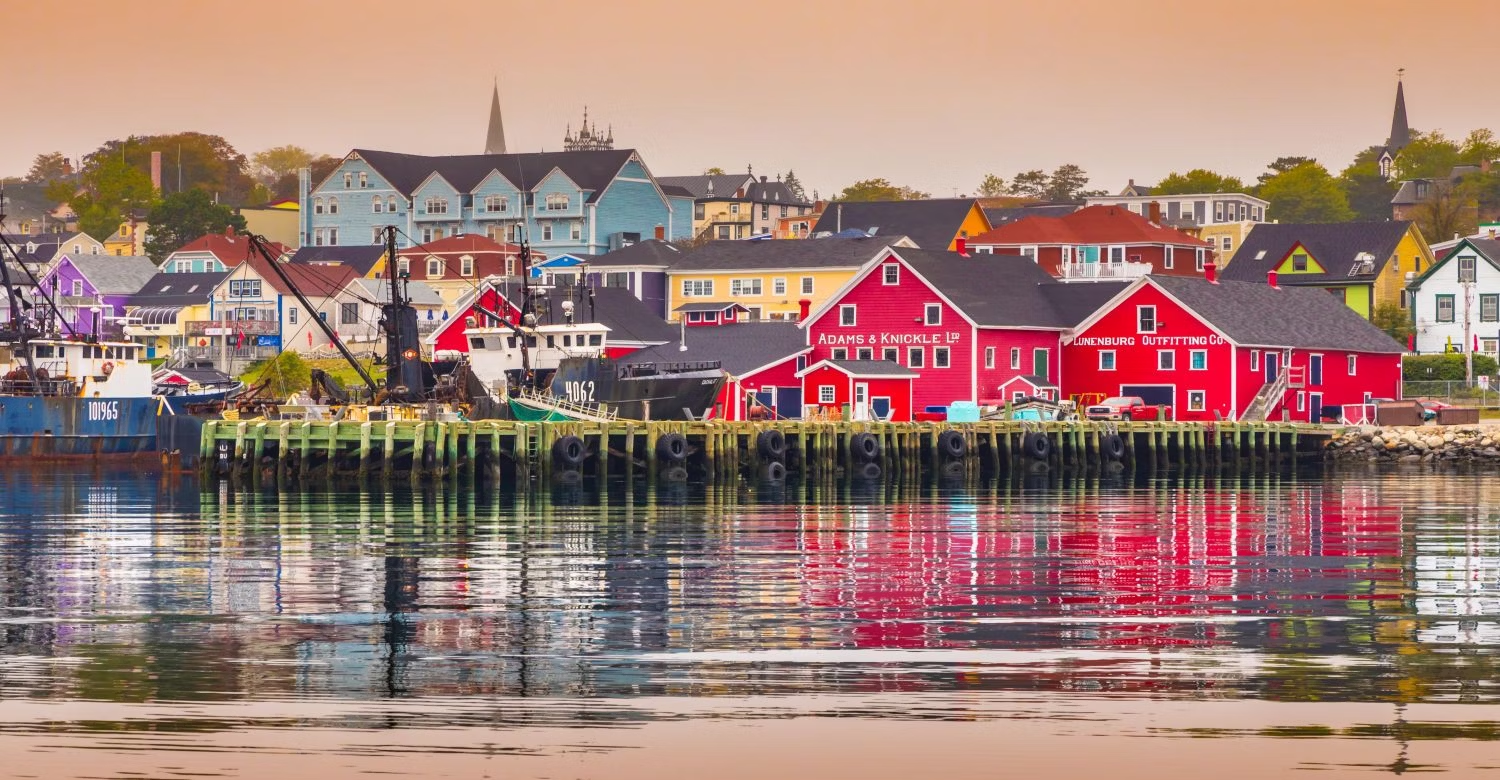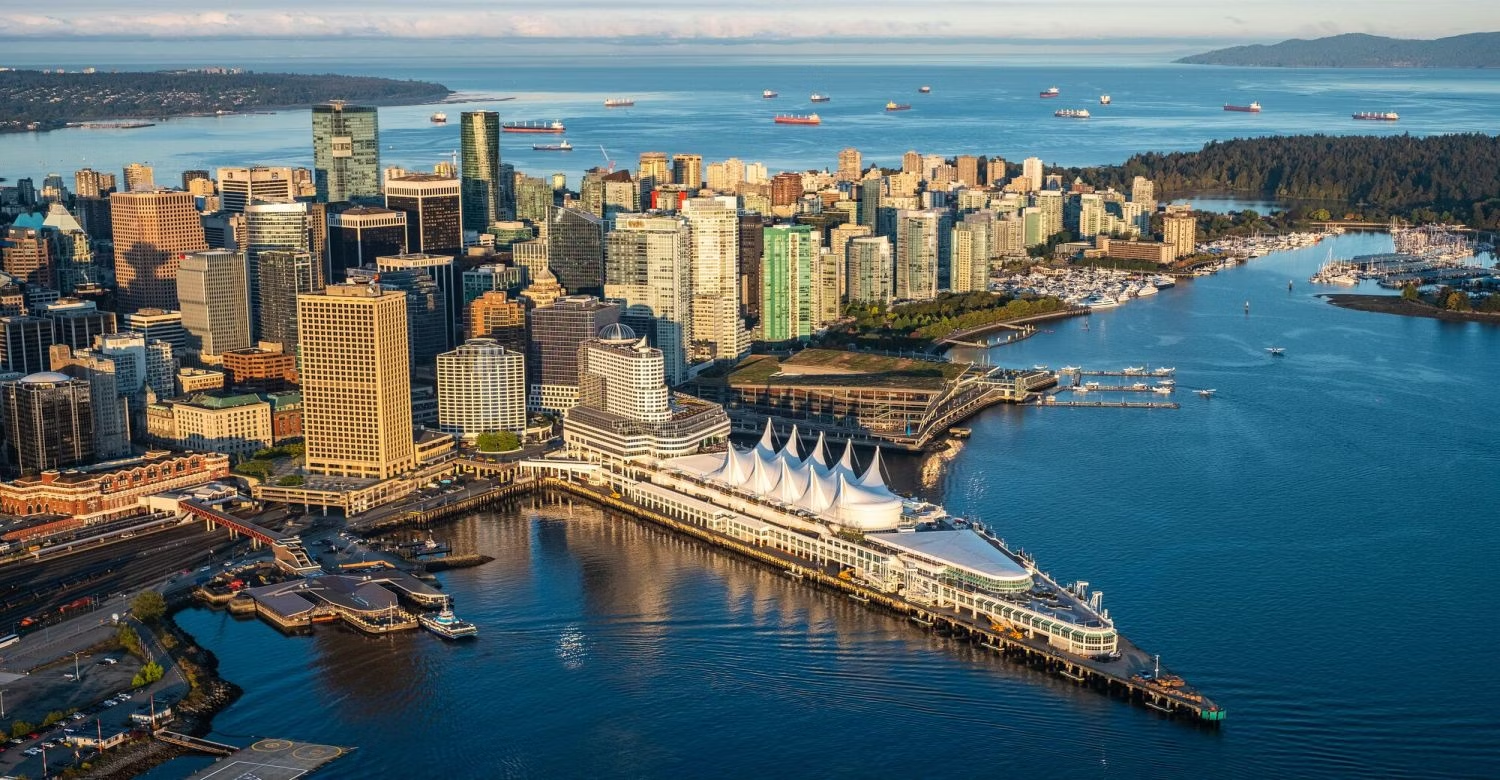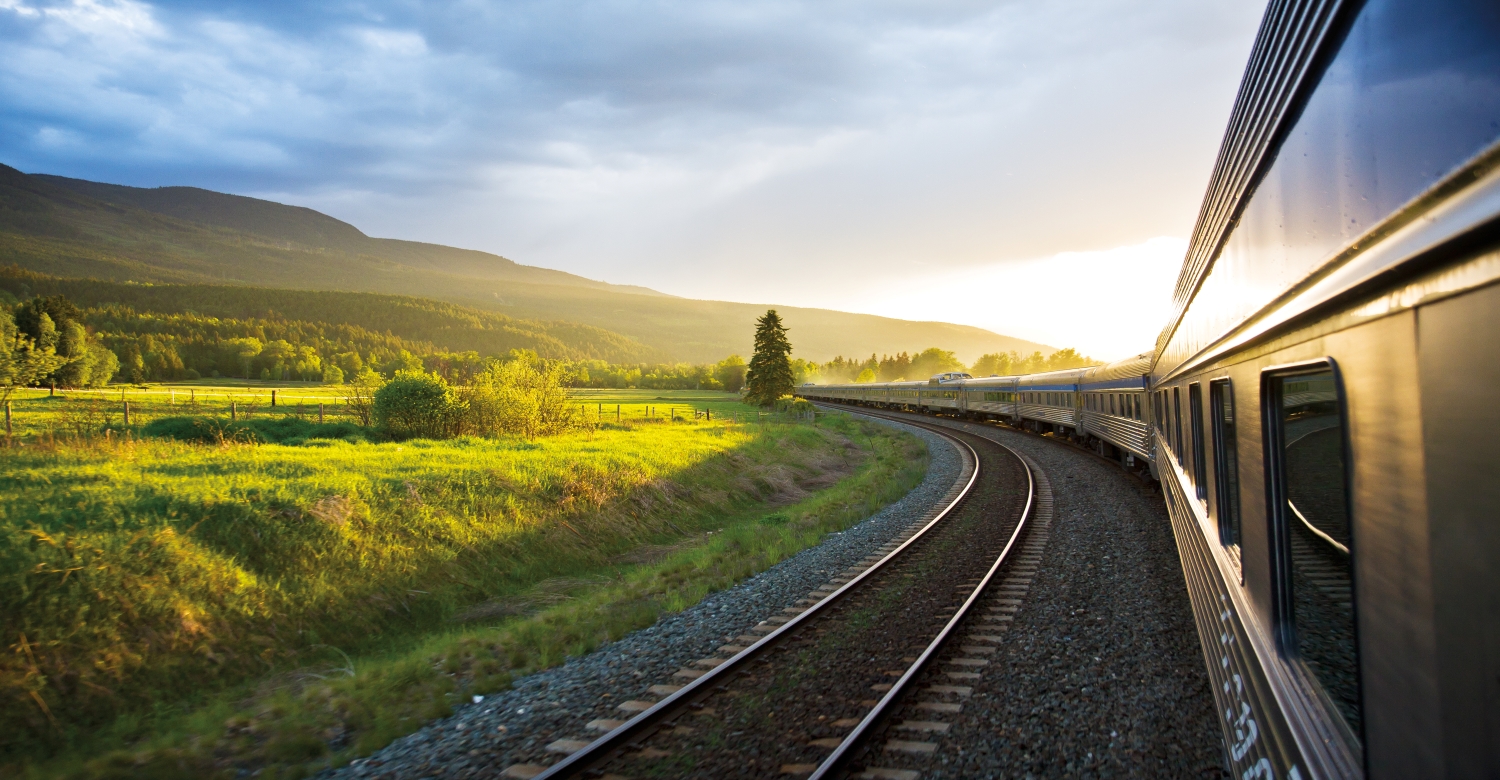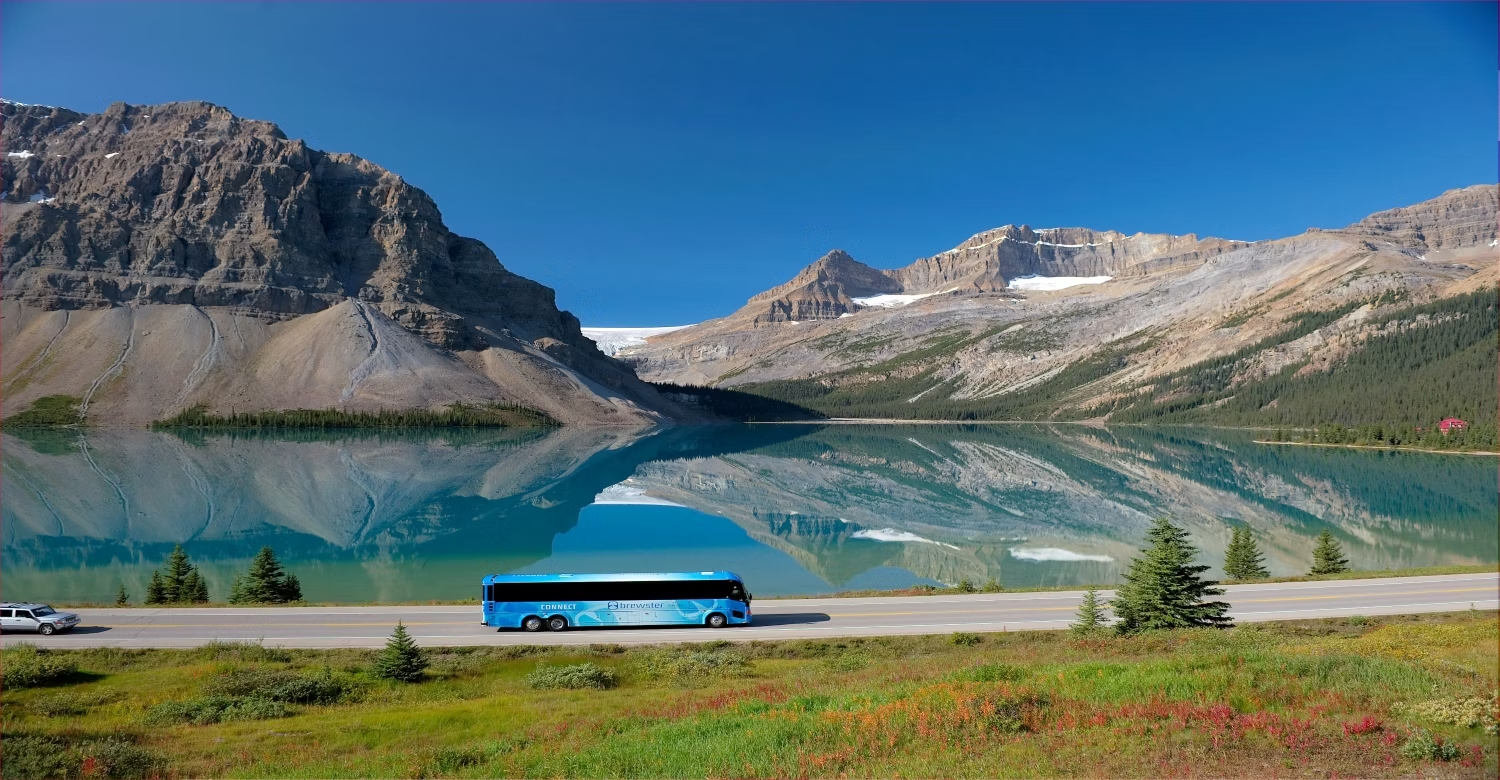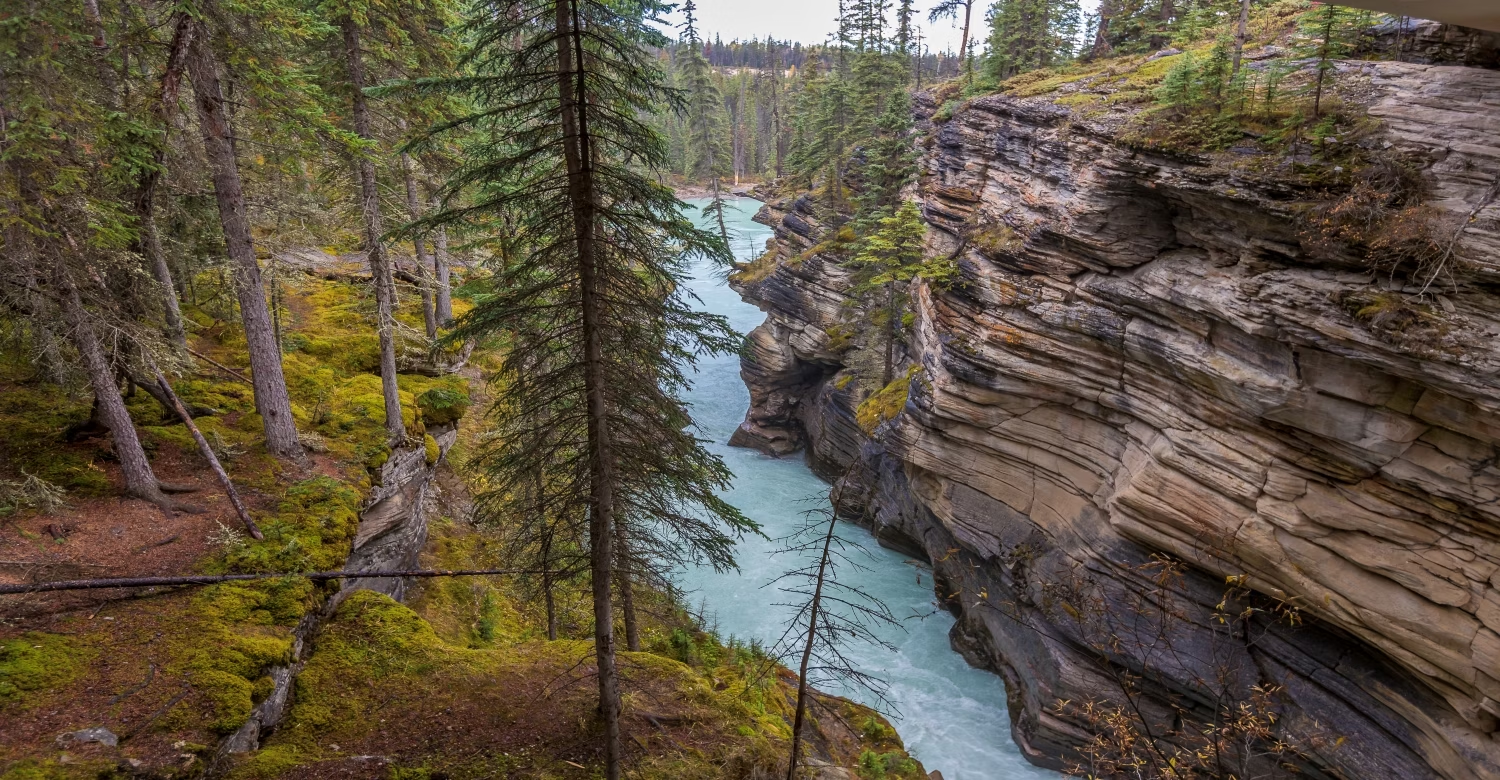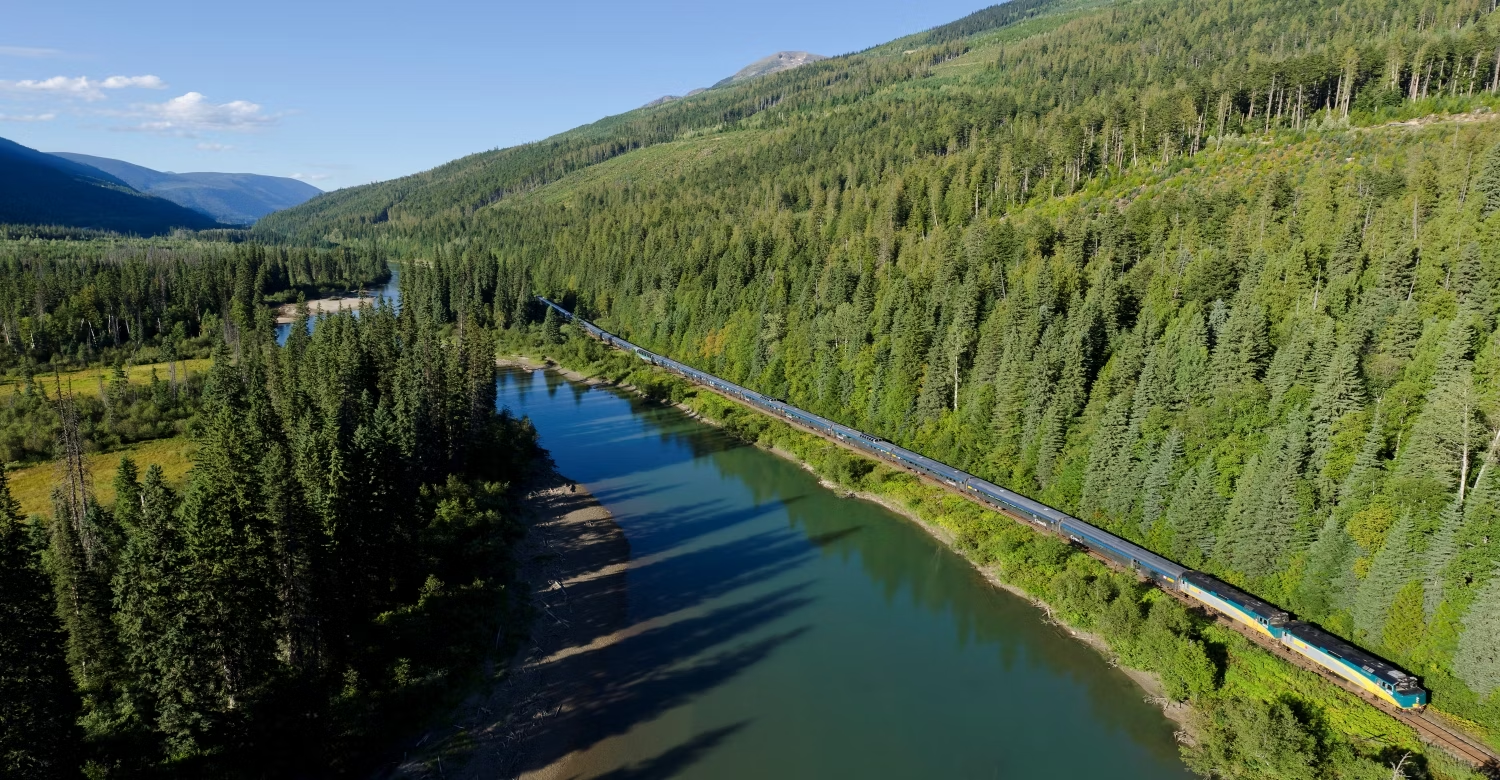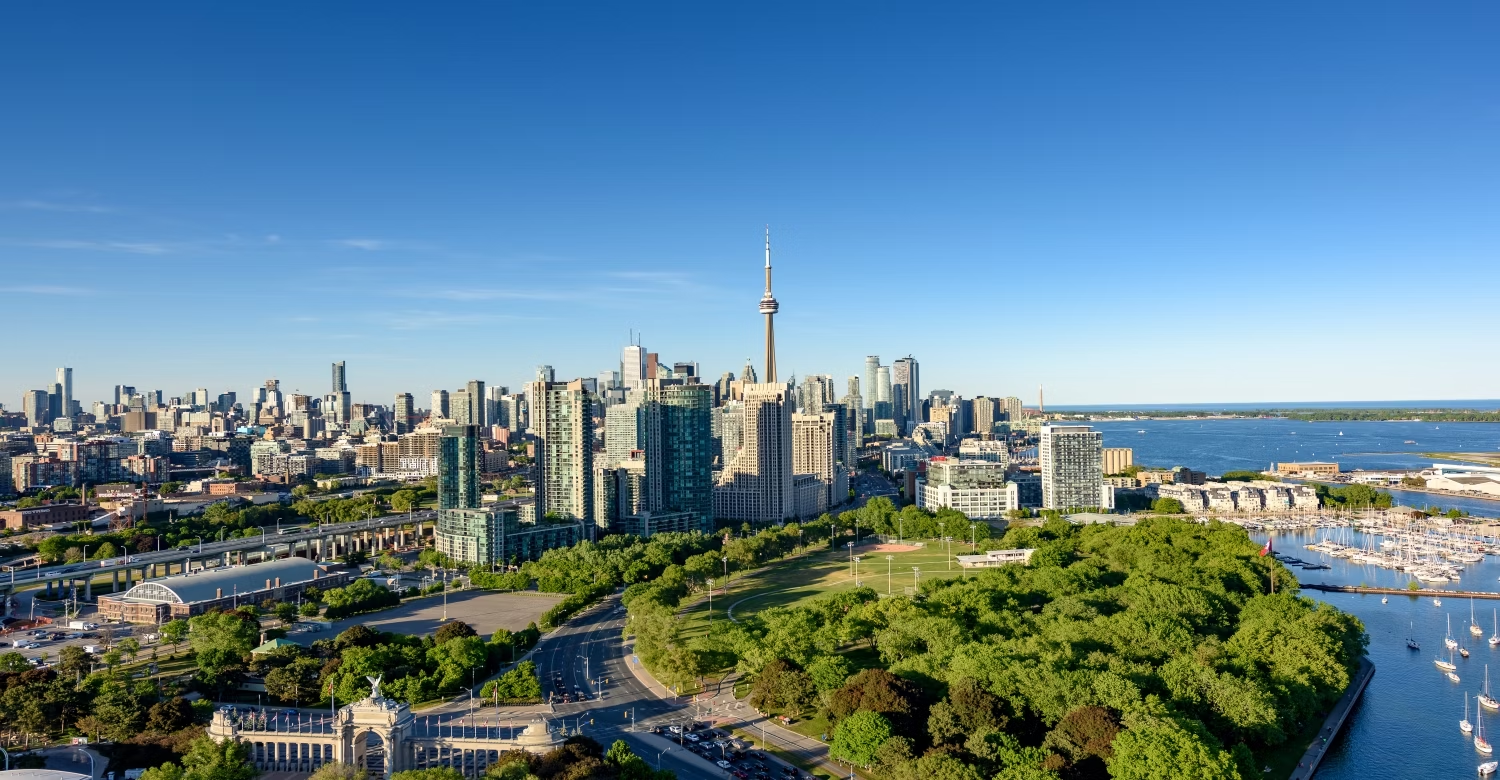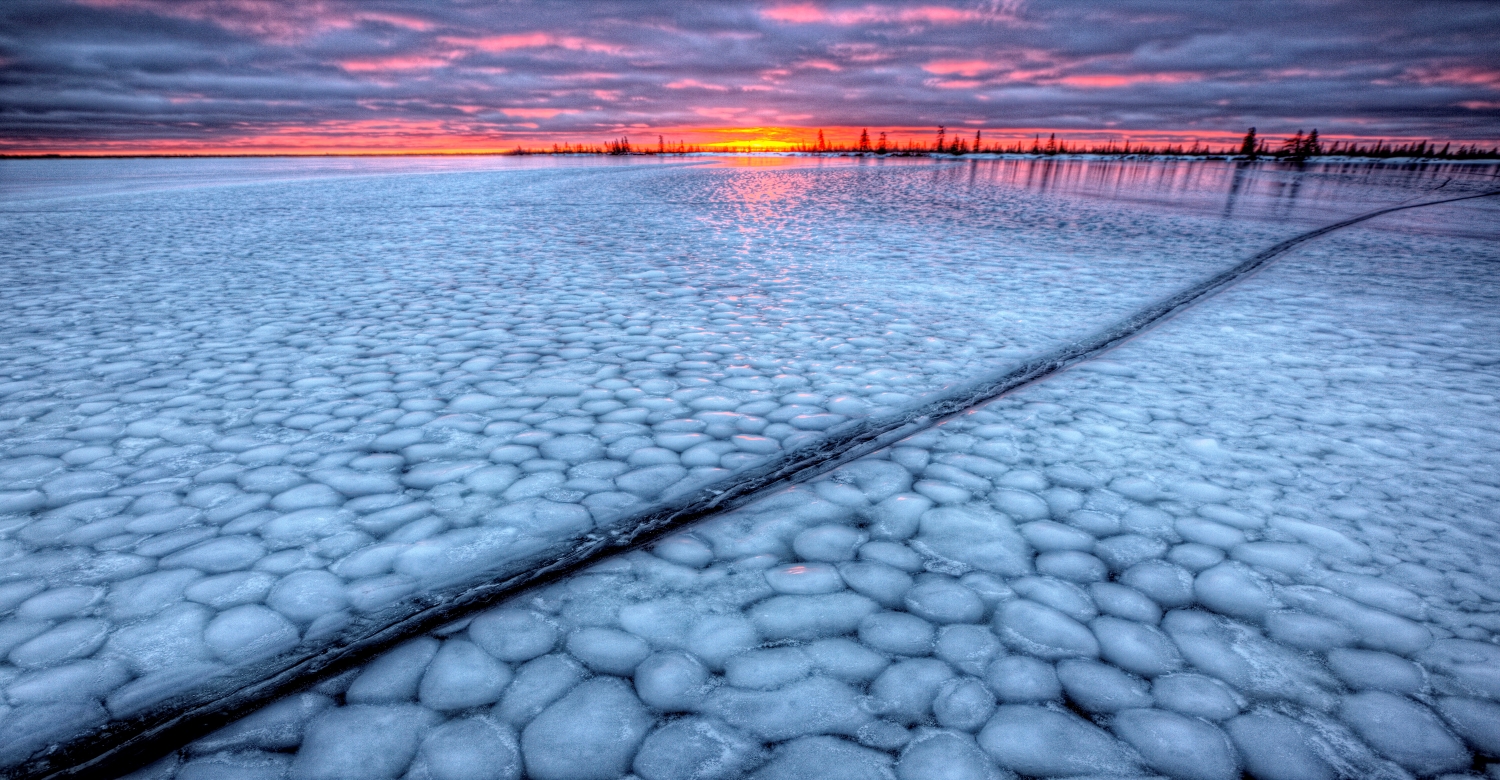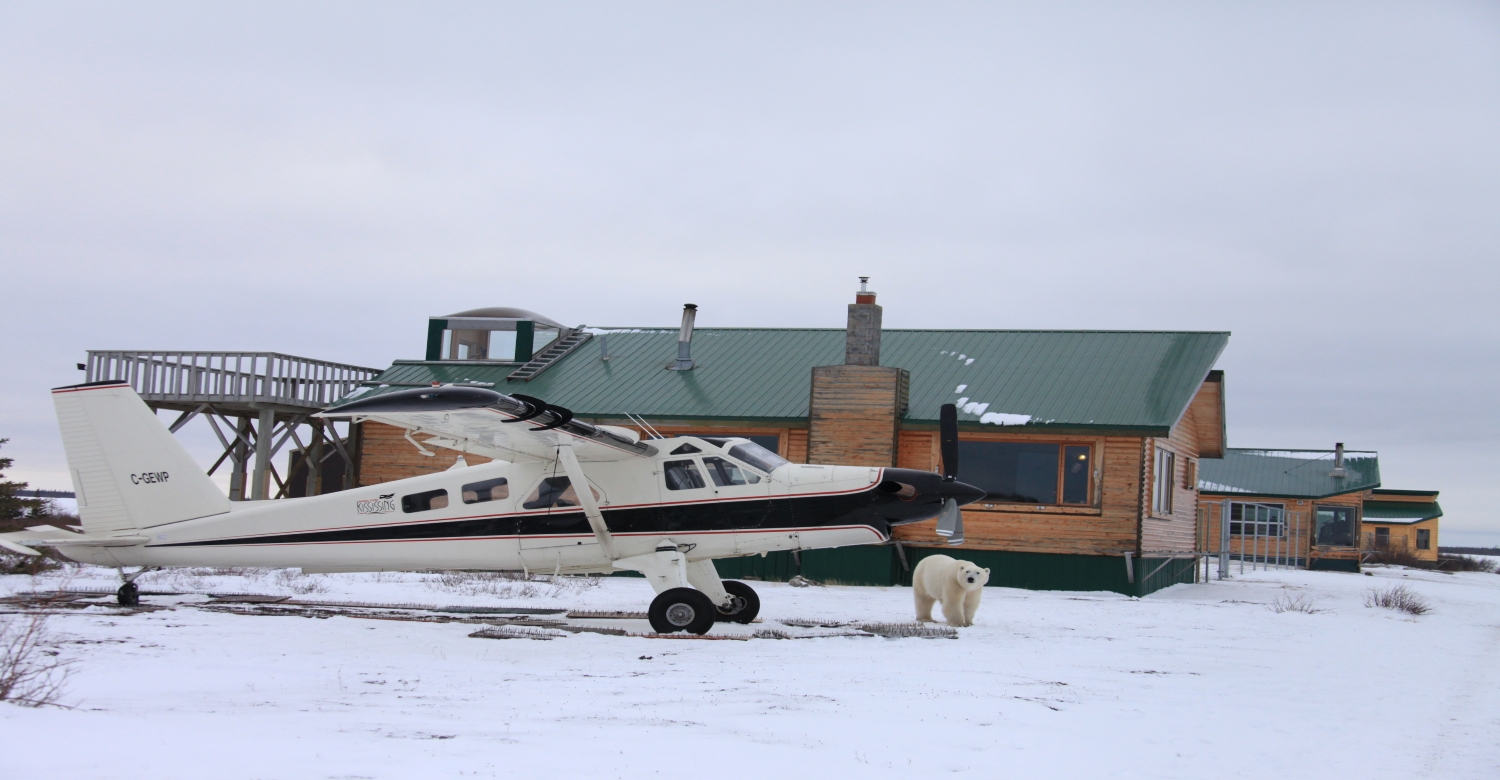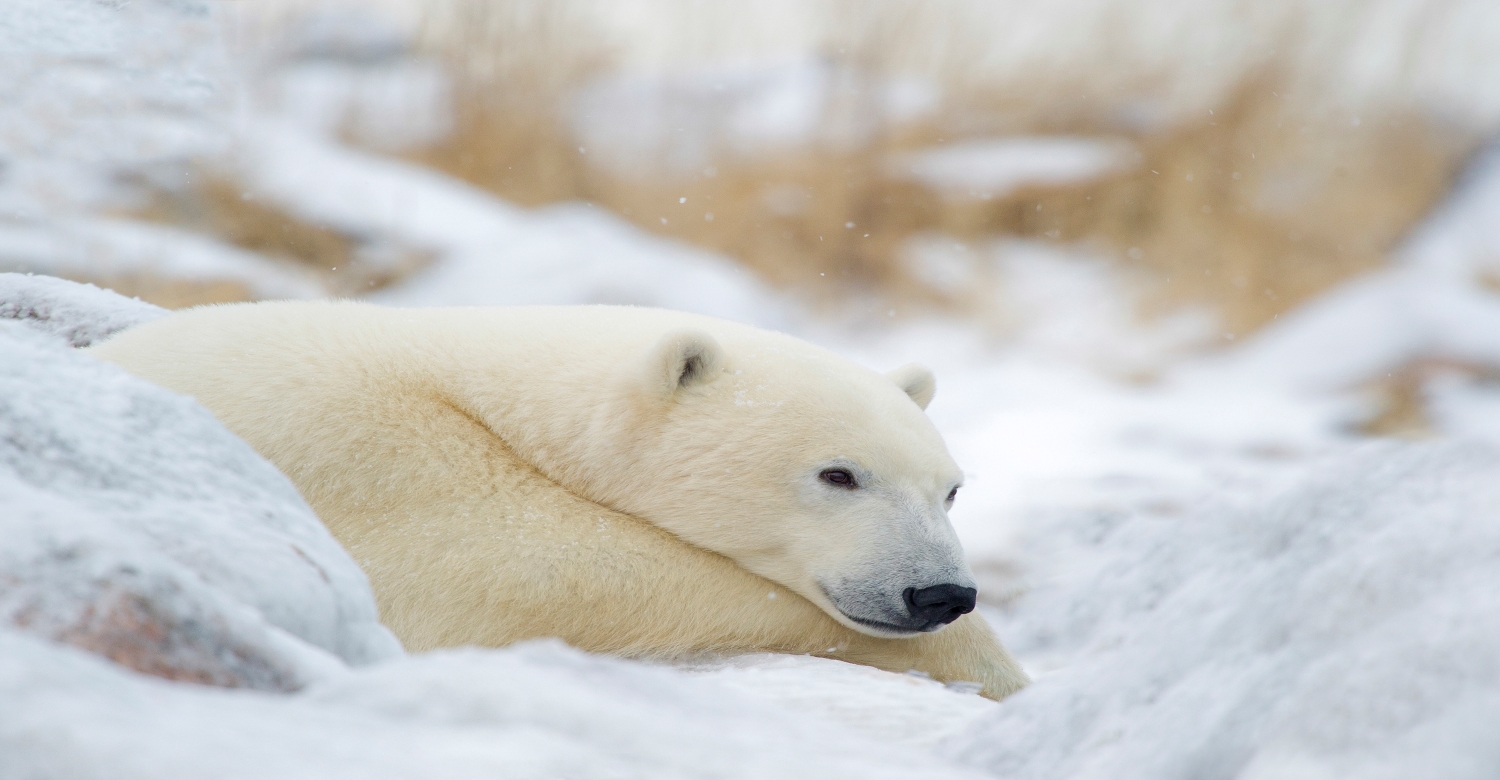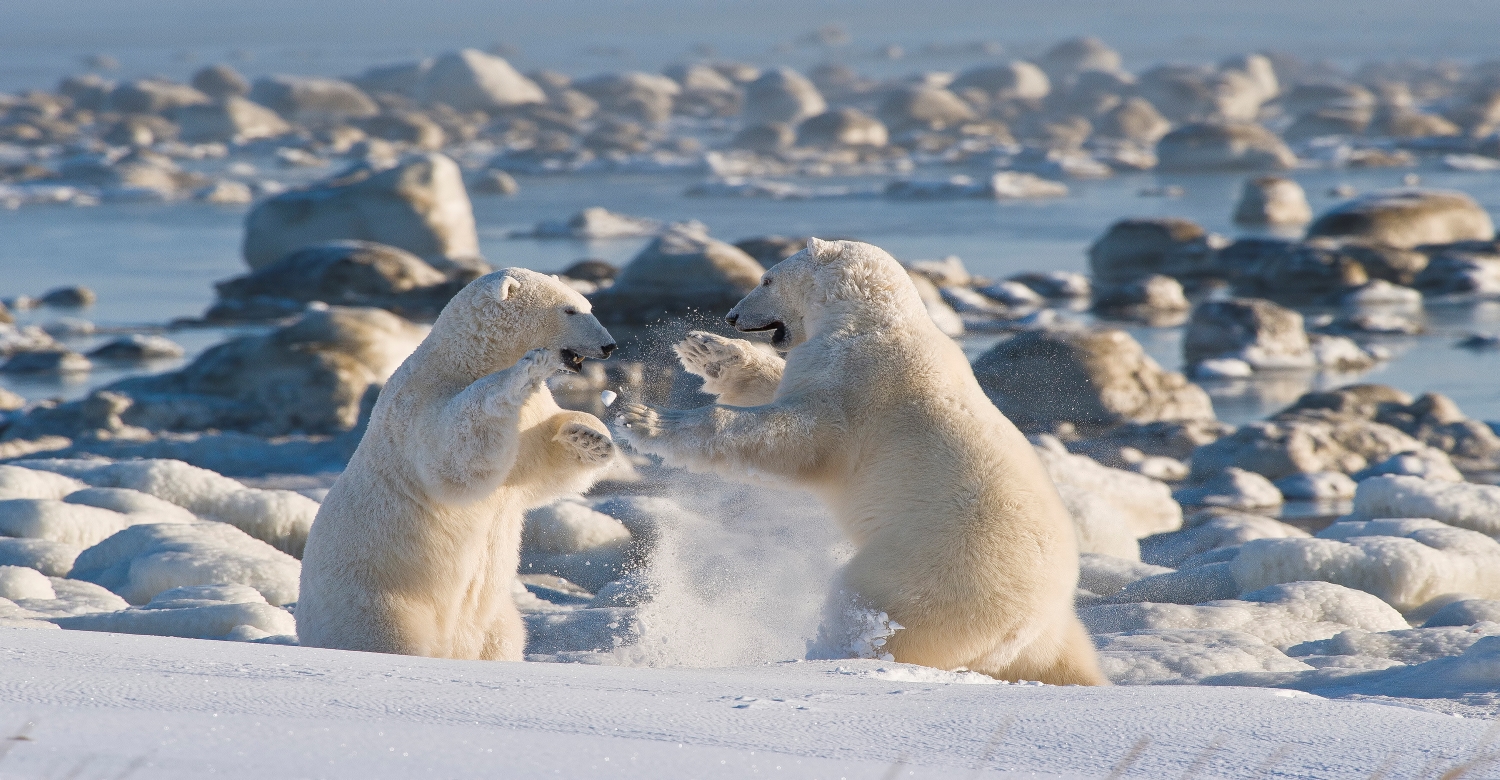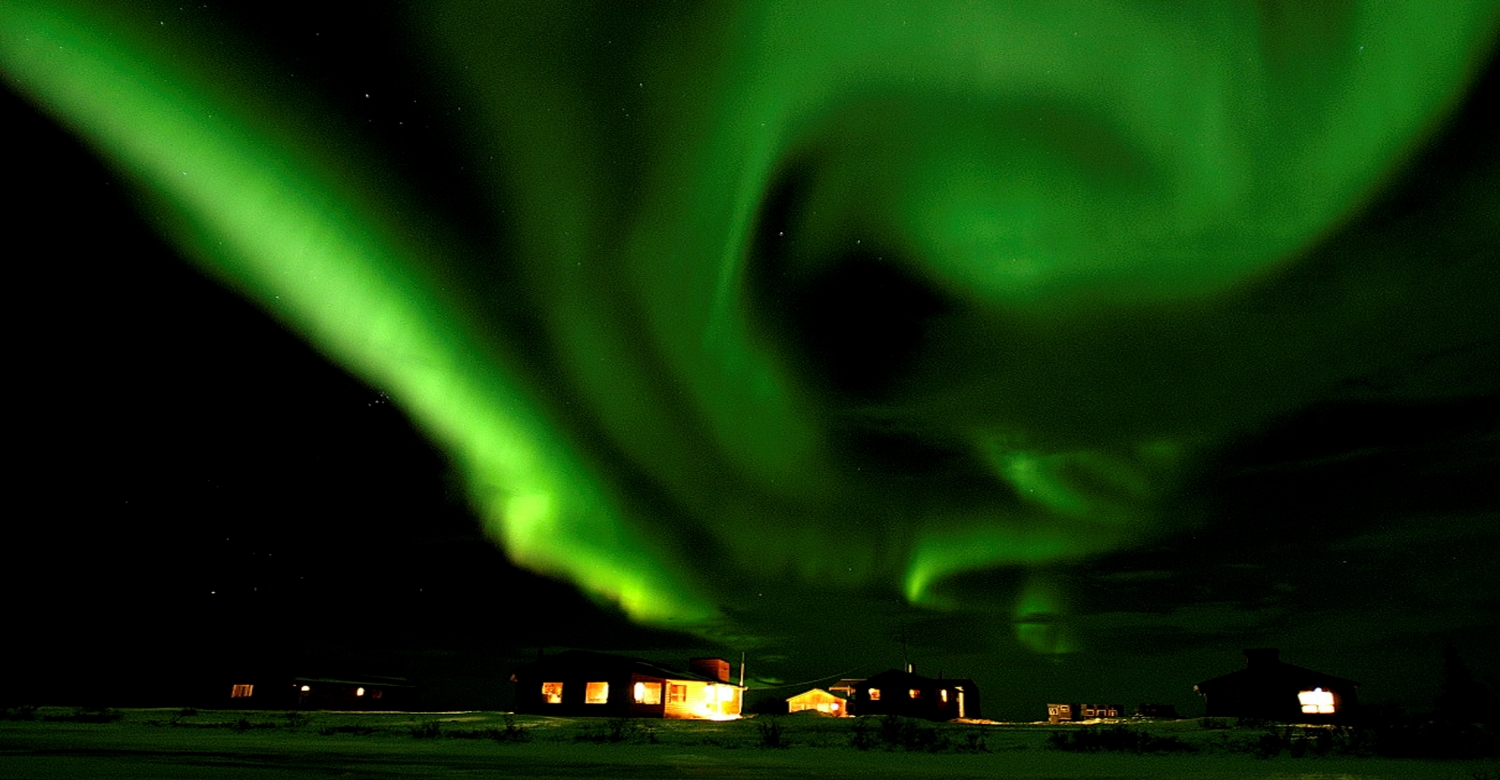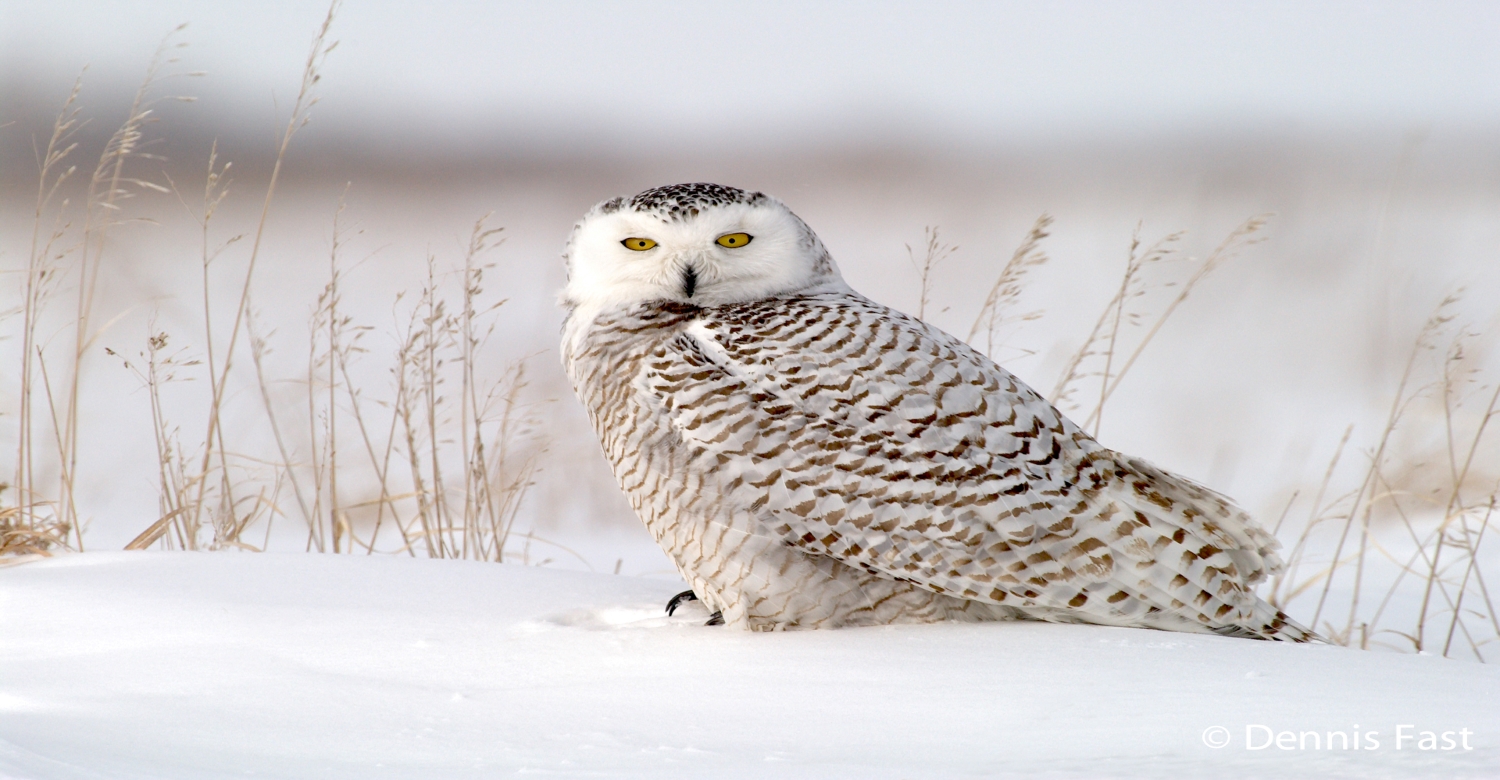Explore the different regions of Canada
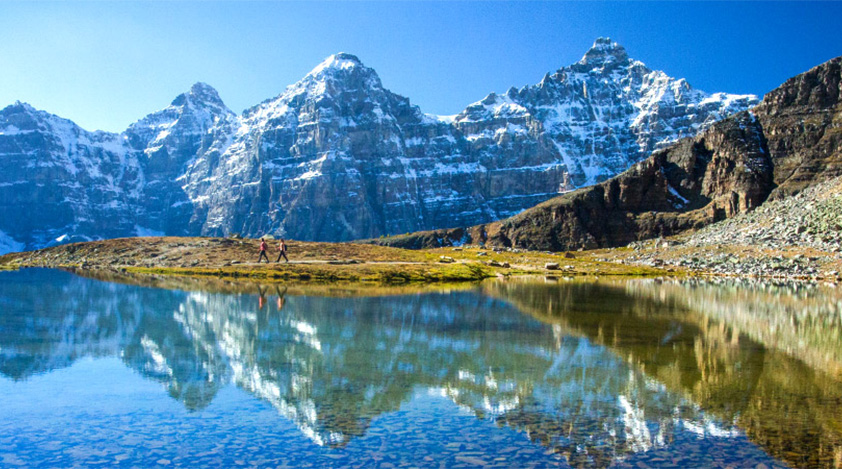
Posted by on 08 Apr 2021 , in North America
Calgary & Alberta
Alberta's largest city, and third largest municipality in Canada (after Toronto and Montreal), Calgary is young, vibrant and creative! Perfect gateway to the Canadian Rockies, rich in cultural institutions, opera, ballet companies, symphony orchestra and several theatre companies has so much to offer all year around!Taking a day tour to iconic locations like Lake Louise may be at the top of your list. One of the most photographed locations in the world, Lake Louise, with its emerald green water and rugged peaks, is just two hours from Calgary. Canoe on the lake in the summer, enjoy ice skating and ice sculptures in the winter, beat the crowds and visit early in the morning or during the week for an uninterrupted view of the lake.
Soaking in the Banff Upper Hot Springs has been a favourite activity for over a century. Located an hour and a half from Calgary, you can relax in the hot mineral waters at 1,585 metres of elevation in the highest operating hot spring in Canada. This natural wonder is equipped with a café, gift shop, picnic sites, and walking trails for a family friendly day in the mountains.
Discover the remarkable terrain and unique experiences that await in the Canadian Badlands. Explore Cypress Hills Provincial Park and Waterton Lakes National Park and discover 6000 years of history at Head-Smashed in Buffalo Jump, a UNESCO World Heritage Site.
When to visit
In summer, daytime temperatures range from 10 °C to 25 °C and sometimes exceed 30 °C an average of 5.1 days anytime in June, July and August, and occasionally as late as September or as early as May, and in winter drop below or at −30 °C 3.7 days of the year. As a consequence of Calgary's high elevation and aridity, summer evenings tend to cool off, with monthly average low temperatures below 10 °C throughout the summer months. Calgary has the most sunny days year round of Canada's 100 largest cities, with just over 332 days of sun.- July: Prime time for festivals, with Edmonton's Street Performers and the Calgary Stampede.
- July to September: Banff and Jasper's trails are snow-free, making a full range of hikes available.
- December to February: Winter-sports season in the Rocky Mountains.
Halifax & Nova Scotia
Halifax's urban core is home to a number of regional landmark buildings and retains significant historic buildings and districts. Downtown office towers are overlooked by the fortress of Citadel Hill with its iconic Halifax Town Clock while Halifax's South End is renowned for its grand Victorian houses.
You can easily spend the entire day exploring the Halifax Waterfront: it hugs the harbour for 10 city blocks from Pier 21 at the Halifax Seaport to Casino Nova Scotia. The boardwalk follows the water’s edge past historic sites, shops, restaurants, and attractions.
Home to many of the region's major cultural attractions, such as Halifax Pop Explosion, Symphony Nova Scotia, the Art Gallery of Nova Scotia, The Khyber, the Maritime Museum of the Atlantic, and the Neptune Theatre, the region is noted for the strength of its music scene and nightlife, and hosts a wide variety of festivals throughout the year.
Don't miss a tour to Peggy’s Cove, a picture postcard village, on the rugged Atlantic shoreline, stands on solid rock above the crashing surf, to see the most photographed lighthouse in the world!
When to visit
Nova Scotia weather is moderate, rarely gets extremely hot or extremely cold. The daily temperature does fluctuate both by time of day and by your proximity to the ocean. Having a fleece or knit sweater on hand for easy layering will keep you comfortable wherever you are.- Spring: Mid March - late April: 0 - 10 degrees Celsius. Late April - mid June: 10 - 20 degrees Celsius
- Summer: Mid June - mid September: 20 - 25 degrees Celsius
- Fall: Mid September - mid November: 10 - 20 degrees Celsius. Mid November - mid December: 0 - 10 degrees Celsius.
- Winter: Mid December - mid March: 0 - 15 degrees Celsius
Montreal, Quebec City & Quebec
Don't miss Montreal's most popular and characterised by their uniquely French influence points of interest! Just to mention a few, the Notre Dame Basilica, Old Montréal, French Quarter, outside view of Olympic Site and the panoramic view on top of Mt. Royal. Referred to as "Canada's Cultural Capital", Montreal is Canada's centre for French-language television productions, radio, theatre, film, multimedia, and print publishing.Be charmed by the old world atmosphere of Québec City with its narrow streets, steep hills and numerous historical treasures on the banks of the St. Lawrence River, a UNESCO World Heritage city, only 3 hours from Montréal. Admire the city’s beatiful European architecture and explore the famous Château Frontenac.
Québec Region is famous for its natural beauty, from peaceful lakes to rolling rivers to the glacial valley in Jacques-Cartier National Park. Just take the time to explore what this beautiful region has to offer!
When to visit
- Summer: The best season to visit Montreal as it's when most of the music and comedy festivals happen, followed by spring then fall.
- Winter: Can be spectacular if you’re up to the cold temperatures and snow.
Newfoundland & Labrador
Learn of ancient peoples, the Maritime Archaic, Vikings, and Basques, as you travel to coastal fishing communities to meet the friendly and hospitable people of today. Take the chance to see whales, thousands of sea birds, and, depending on the time of year, icebergs! Sample the local food and drink to become an honorary “Newfoundlander”!When to visit
Temperatures never get too hot here.- Summer: Temperatures average around 16°C
- Winter: Temperatures dropping to exactly freezing point.
Nunavut & Saskatchewan
Nunavut is the newest, largest, and most northerly territory of Canada and meets Saskatchewan to the southwest. Nunavut is a pretty remote area and can only be accessed by air and sea.
Saskatchewan is known for farms, prairie and big skies! It contains two major natural regions to explore: the Boreal Forest in the north and the Prairies in the south.
When to visit
Best season to enjoy Saskatchewan:
- May: Springtime, wildflowers paint the landscape and birdsong fills the air as life, post-winter, returns.
- June to August: Long sunny days draw happy locals to lakes, parks and patios.
- September: Crisp air, endless skies and dramatic fall colors herald the year's final harvests.
Prince Edward Island & New Brunswick
Prince Edward Island is located off the eastern coast of Canada, nestled between the provinces of New Brunswick, Nova Scotia, Québec and Newfoundland and Labrador in the Gulf of St. Lawrence.
The island's landscape is peaceful: rolling hills, woods, reddish white sand beaches, ocean coves and the famous red soil have given Prince Edward Island a reputation as a province of outstanding natural beauty.
Here, you can find some of the freshest seafood available anywhere in the world and with more than 60 lighthouses along the island, there are enough to keep you busy!
The Bay of Fundy, with its famously extreme tides and rock formations (Hopewell Rocks), is a popular whale-watching destination in New Brunswick. The port city of St. John is home to the New Brunswick Museum, with local artwork dating to the 1800s, and the long-standing St. John City Market's many food stalls.
When to visit
- High Season (July & August): Warm weather and long sunny days. The whole region plunges into festival mode
- Shoulder (May - June & September - October): Wildflowers in spring and crimson leaves in the fall. Cool but comfortable. Some lodgings close and restaurants may open under reduced hours.
- Low Season (November – April): Few lodgings and attractions outside the big cities and ski resorts remain open. Darkness and cold take over. Christmas festivals liven up December and January.
Toronto & Ontario
City's highlights to visit include: the Eaton Centre, Chinatown, CN Tower, Old and New City Halls with St. Lawrence Market! From here, you can explore the Niagara Falls with its most popular attractions: Hornblower Niagara Cruises, White Water Walk and Journey behind the Falls and Niagara Fury.
Home to the nation's capital city, Ottawa, Ontario region has vast wilderness areas and over a thousand waterways and unlimited opportunities for discovery. There are hundreds of outstanding hiking trails, all with incredible views. Plan a trip to Tobermory and hike along the Bruce Peninsula or take a trip to Muskoka or Peterborough and explore the outstanding parks and waterfront trails.
When to visit
- May to June: Celebrate spring and marvel at moose, trilliums and loons in Ontario's parks.
- July to September: Join the Toronto's festival atmosphere.
- October to November: Fall colors the leaves throughout the province.
Vancouver & British Columbia
Vancouver, a bustling west coast seaport in British Columbia. A popular filming location, it’s surrounded by mountains, and also has thriving art, theatre and music scenes. Vancouver Art Gallery is known for its works by regional artists, while the Museum of Anthropology houses preeminent First Nations collections.
Highlights you should not miss are Stanley Park, oceanfront gem with seawall trails and visitor attractions, and Capilano Suspension Bridge Park, a leg-wobbling wooden walkway set in a forested park.
Step further into nature exploring British Columbia region with its epic wildlife!
When to visit
At any time of the year, Vancouver is sure to surprise and delight.
- December to March: For the ski season.
- June to September: Summer crowds roll in and you’ll find many of the city’s festivals take place.
- April, May and October, November: Spring and fall for great weather and reduced hotel rates, get cooler in the fall, but the changing colour of the leaves and the start of the entertainment season make it a spectacular time to visit. It’s easy to fill your stay with museum visits, gallery browsing, garden strolls and a night or two at the theatre.
Whitehorse & Yukon
It’s the spectacular and mystical Northern Lights and viewings such as the one above are common in the Yukon. Northern Lights viewing activities take place outside. A heated, cozy cabin or wall tent is available for your comfort.
Experience the iciest and the grandest holiday in Yukon! Cure your winter blues with exciting dog sled tours, snow-shoe hike through the ice fields and the mythic forests of Kluane National Park or enjoy the warm pools of Takhini Hot Springs.
Whitehorse is a must-stop for those driving the Alaska Highway and the first taste and capital of the Yukon
When to visit
- June, July and August: During the summer there are festivals, sports events, and outdoor adventures every weekend.
- February: For those who want to brave the winter, there's an array of festivals and a thousand-mile dogsled race, the Yukon Quest.
- Late August to mid-April: This is the best time to view the Aurora.
Winnipeg & Manitoba
Summer is the perfect time to visit Churchill. During the months of July and August, the Churchill River is teeming with beluga whales. While on land, enjoy the view as the surrounding landscape erupts into colourful summer blooms and explore the Churchill Wildlife Management Area by Tundra Buggy for the chance see a multitude of northern wildlife. When conditions are right, you can view the northern lights as well!
Winnipeg is the capital of Manitoba, a historic site at the intersection of the Red and Assiniboine rivers, with warehouses converted to shops and restaurants, plus ample green space dedicated to festivals, concerts and exhibits.
When to visit
- Summer: Months of July and August are perfect time to spot beluga whales and for the Winnipeg festivals!
Yellowknife & Northwest Territories
Almost every night in winter, Yellowknife’s clear skies dance and shimmer with the greens, blues and whites of this incredible spectacle. Set in the wondrous natural surroundings of Great Slave Lake is a remarkably modern city where you can experience rustic nature and traditional culture without forgoing urban amenities. Whether you are driving on an ice road; dancing under the aurora borealis; enjoying a dogsled ride; golfing under the midnight sun; fishing for world class trophies; or watching the creation of a brilliant northern diamond, you will enjoy the character of the city and feel the warmth of authentic Northern hospitality.When to visit
There are two great aurora viewing seasons:
- Fall: Mid-August to early October
- Winter: Mid- December to mid-April
Some popular packages from Canada Holiday Packages and Travel Deals
Subscribe now for your chance to win
a $500 Travel Voucher
Be the first to hear about our new Holiday Packages
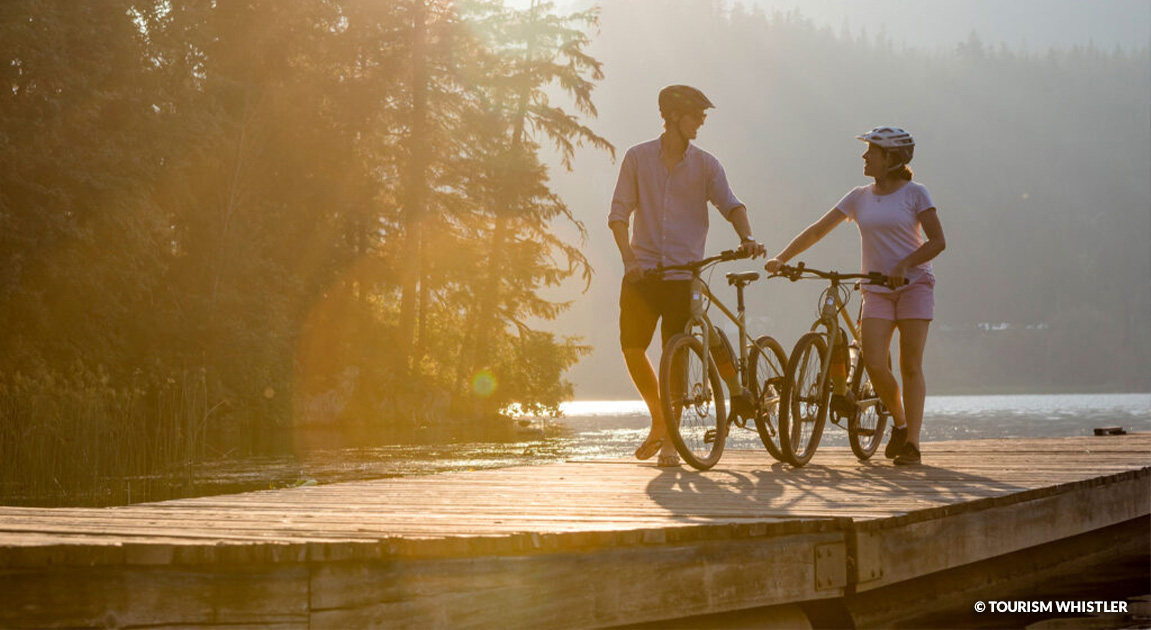
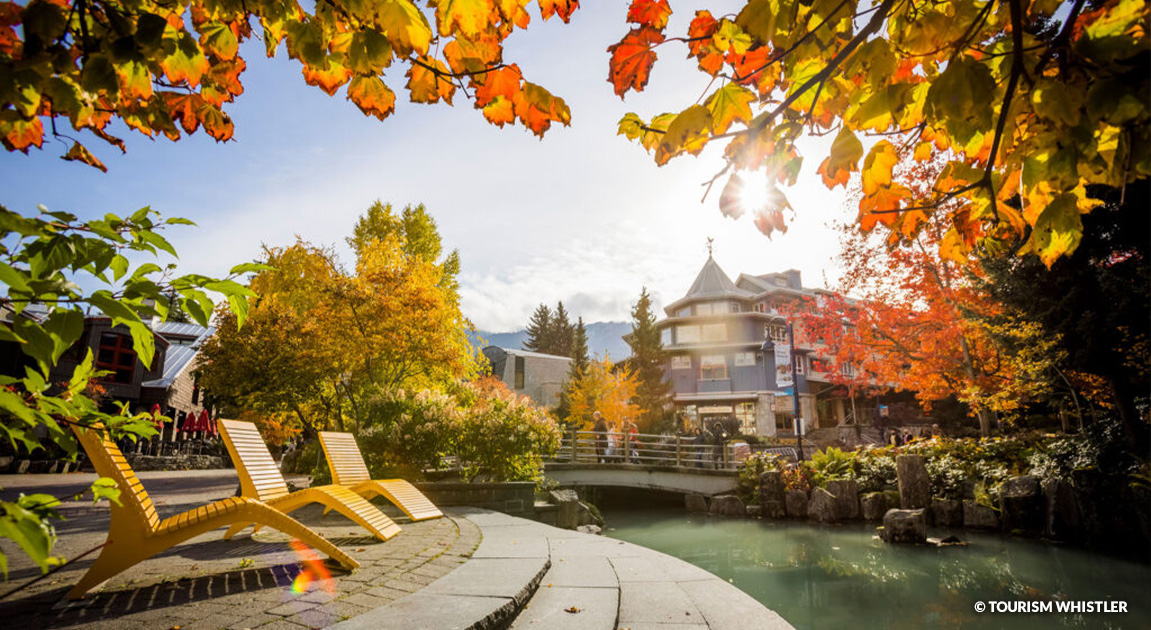
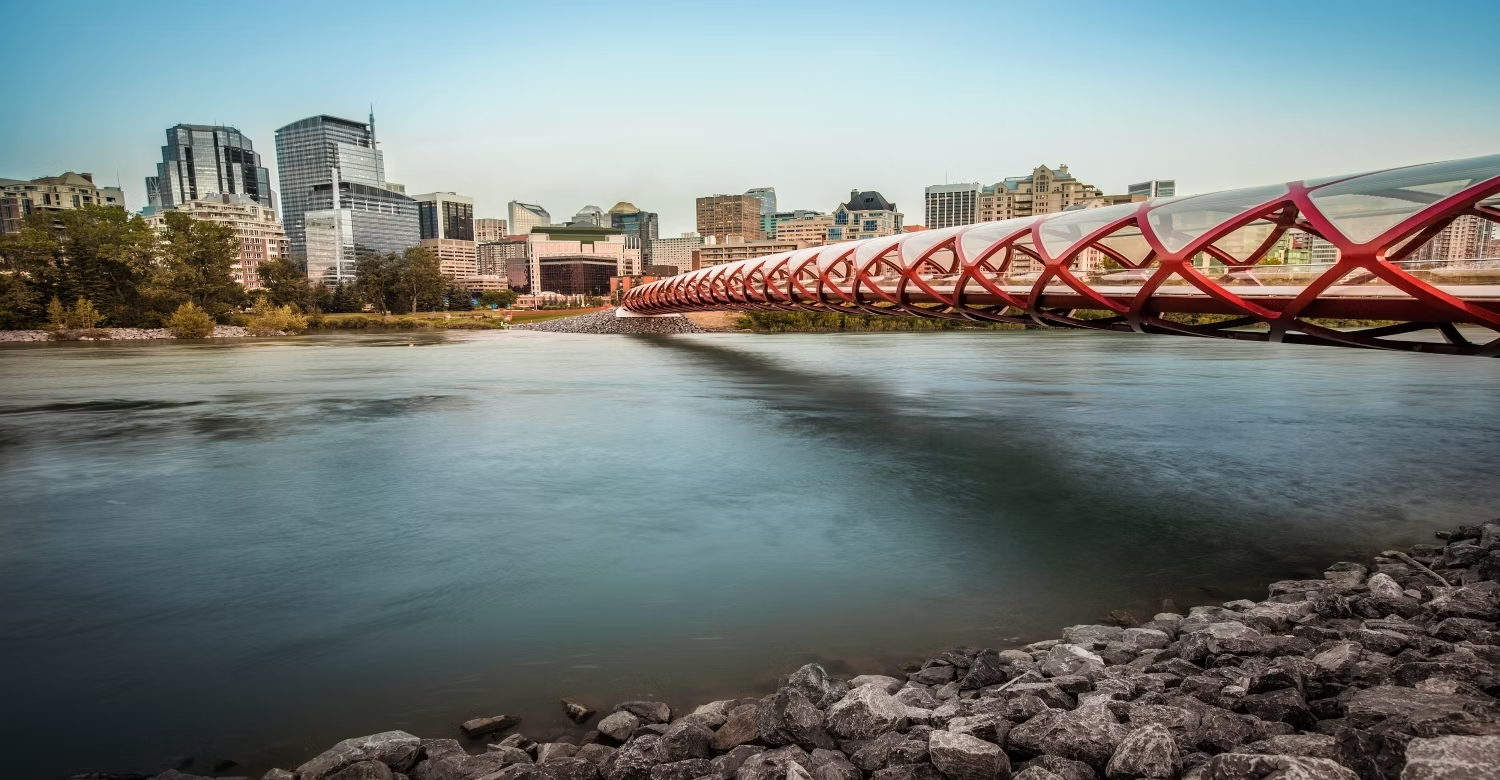



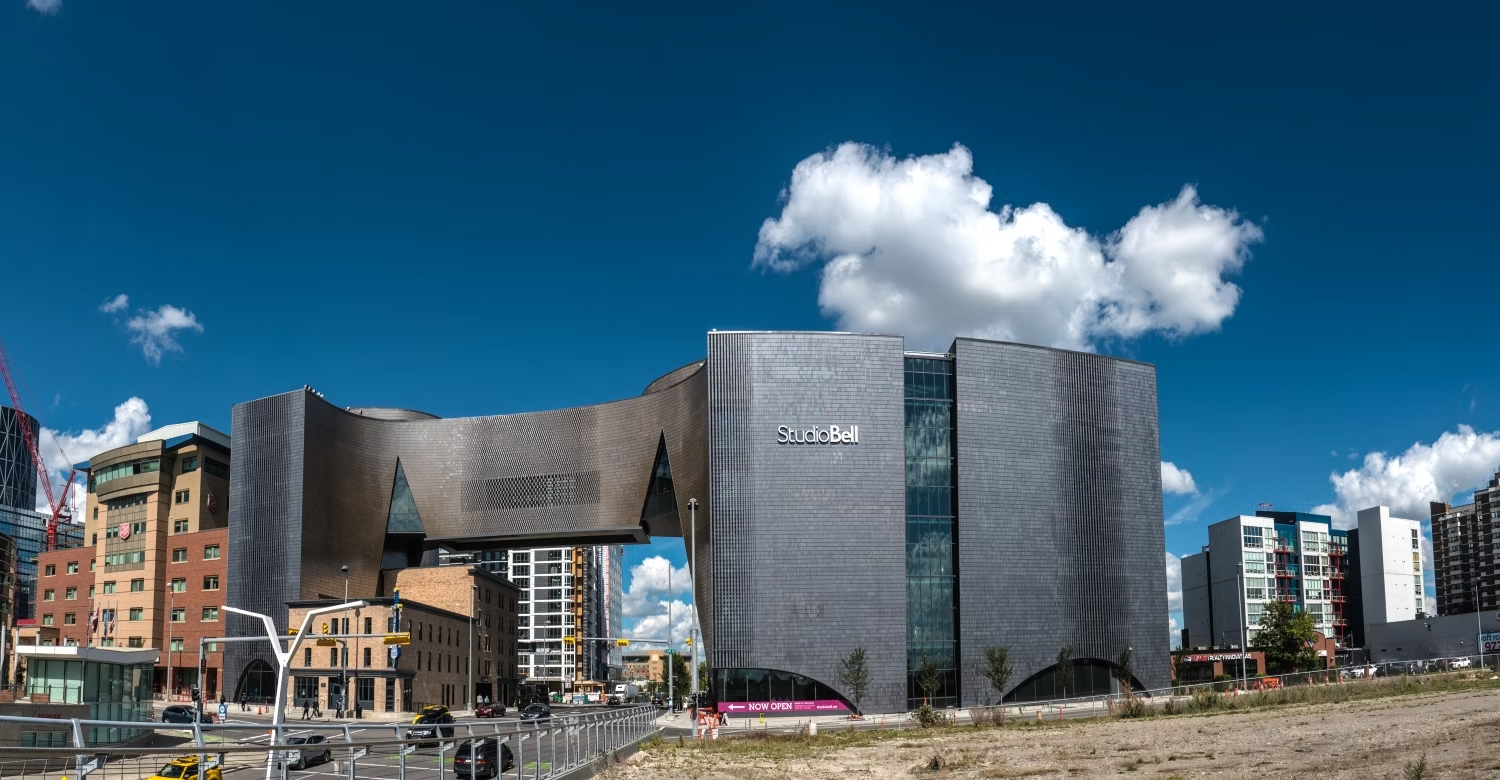







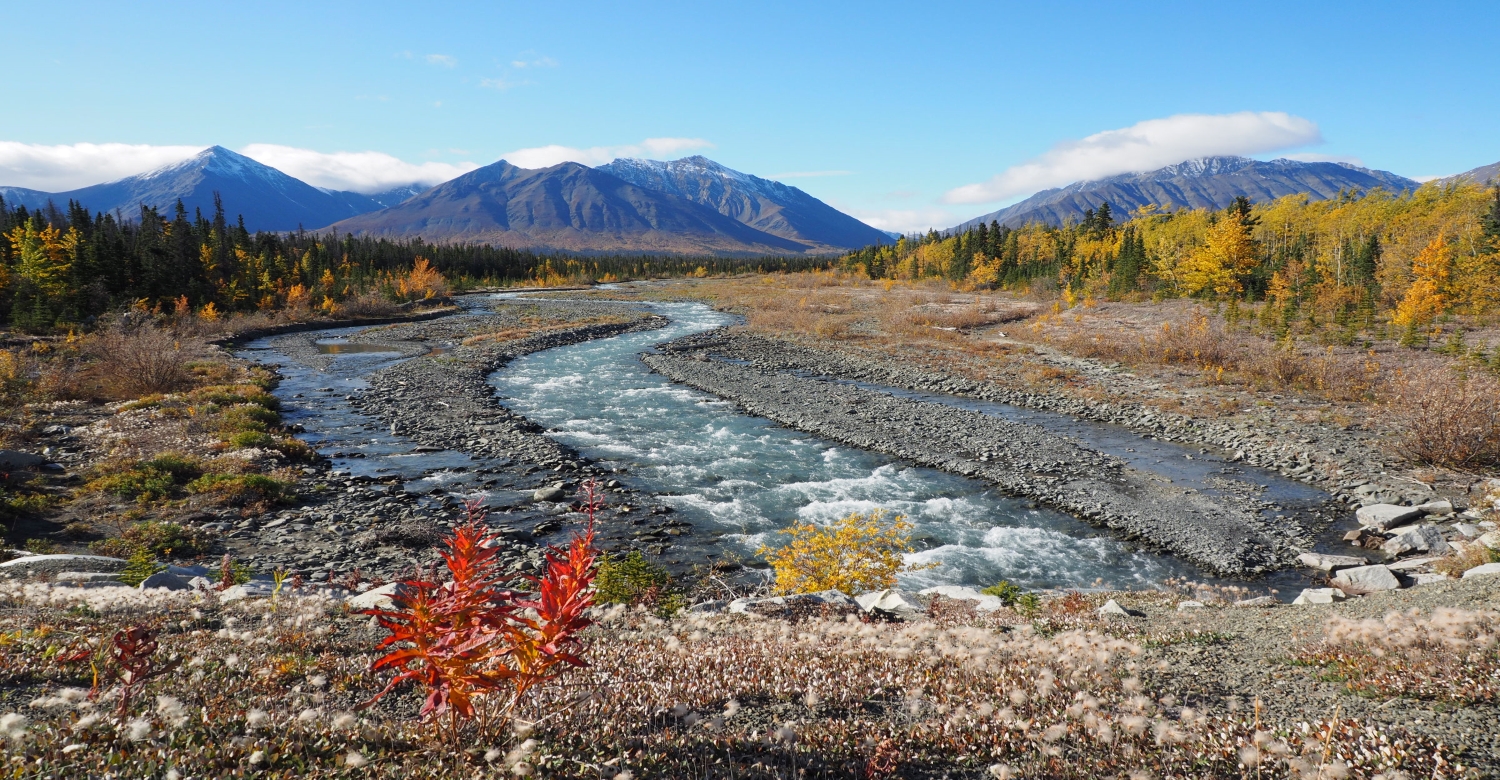
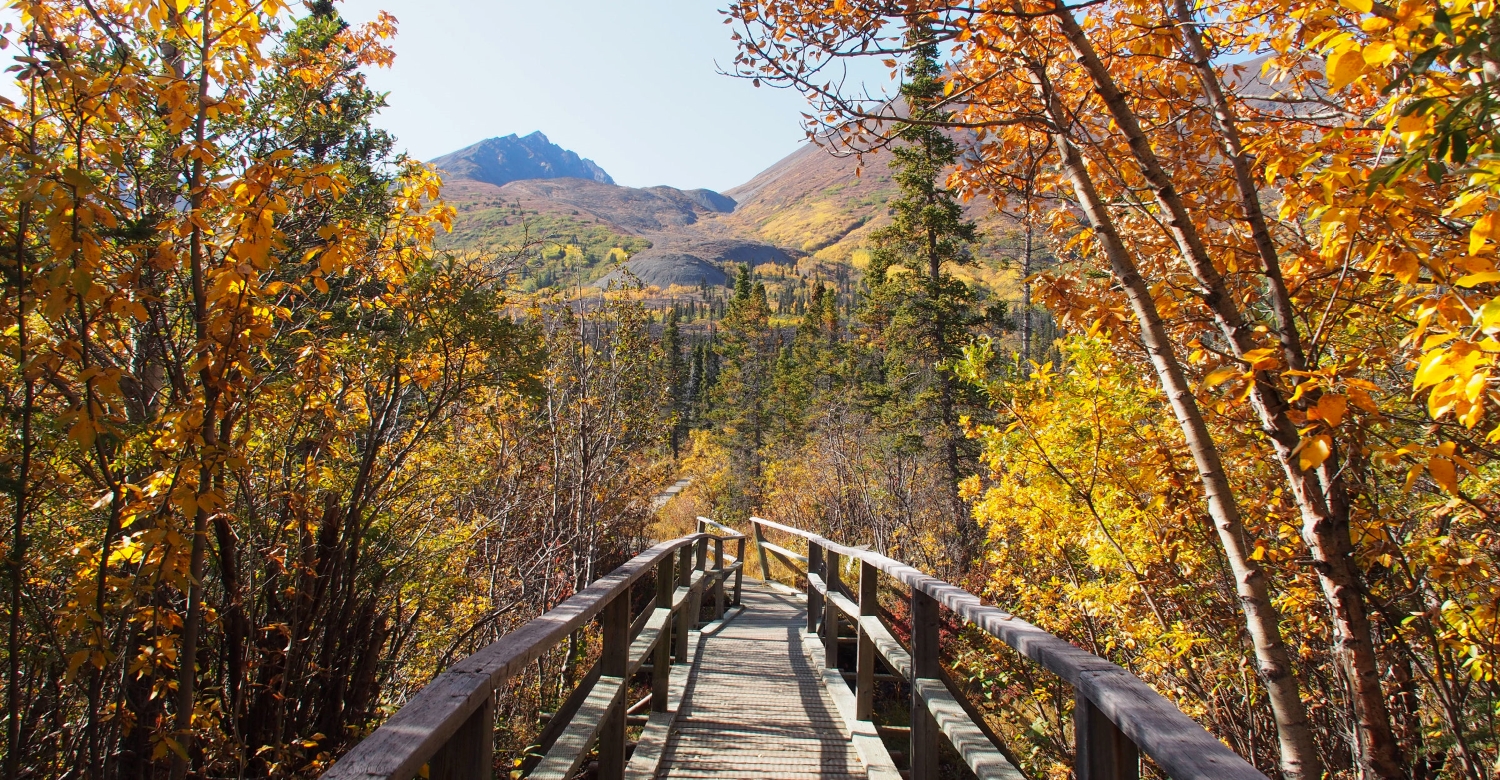
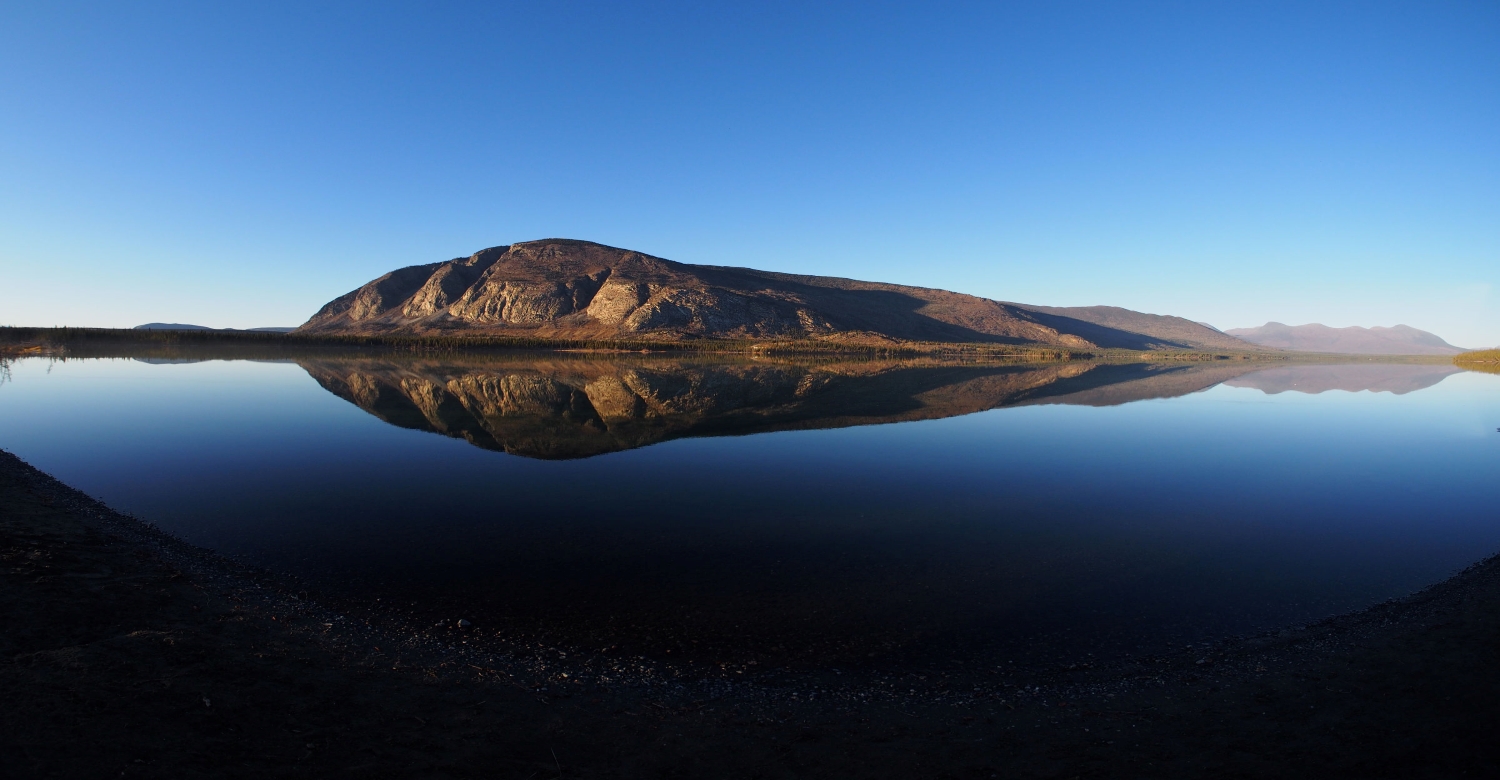
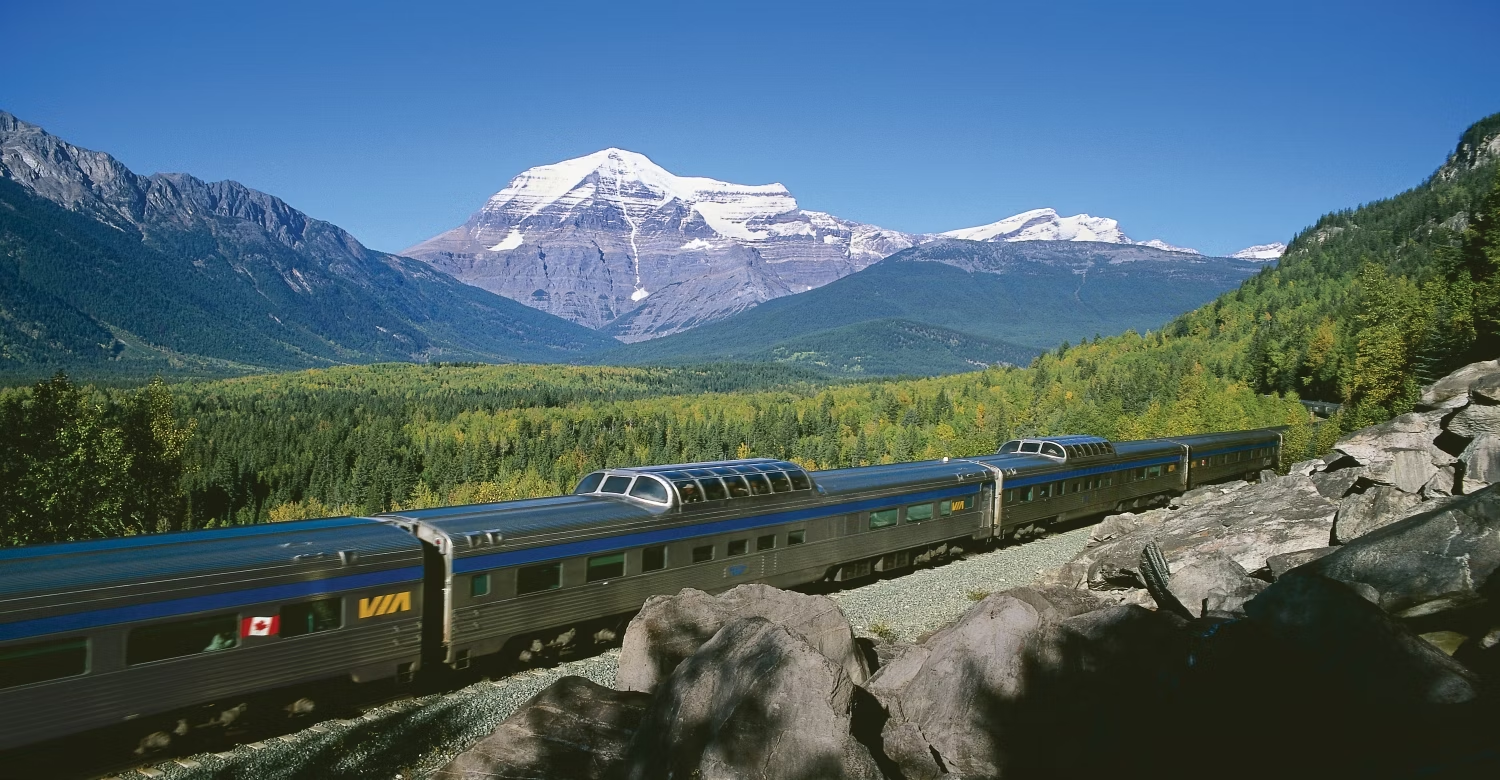
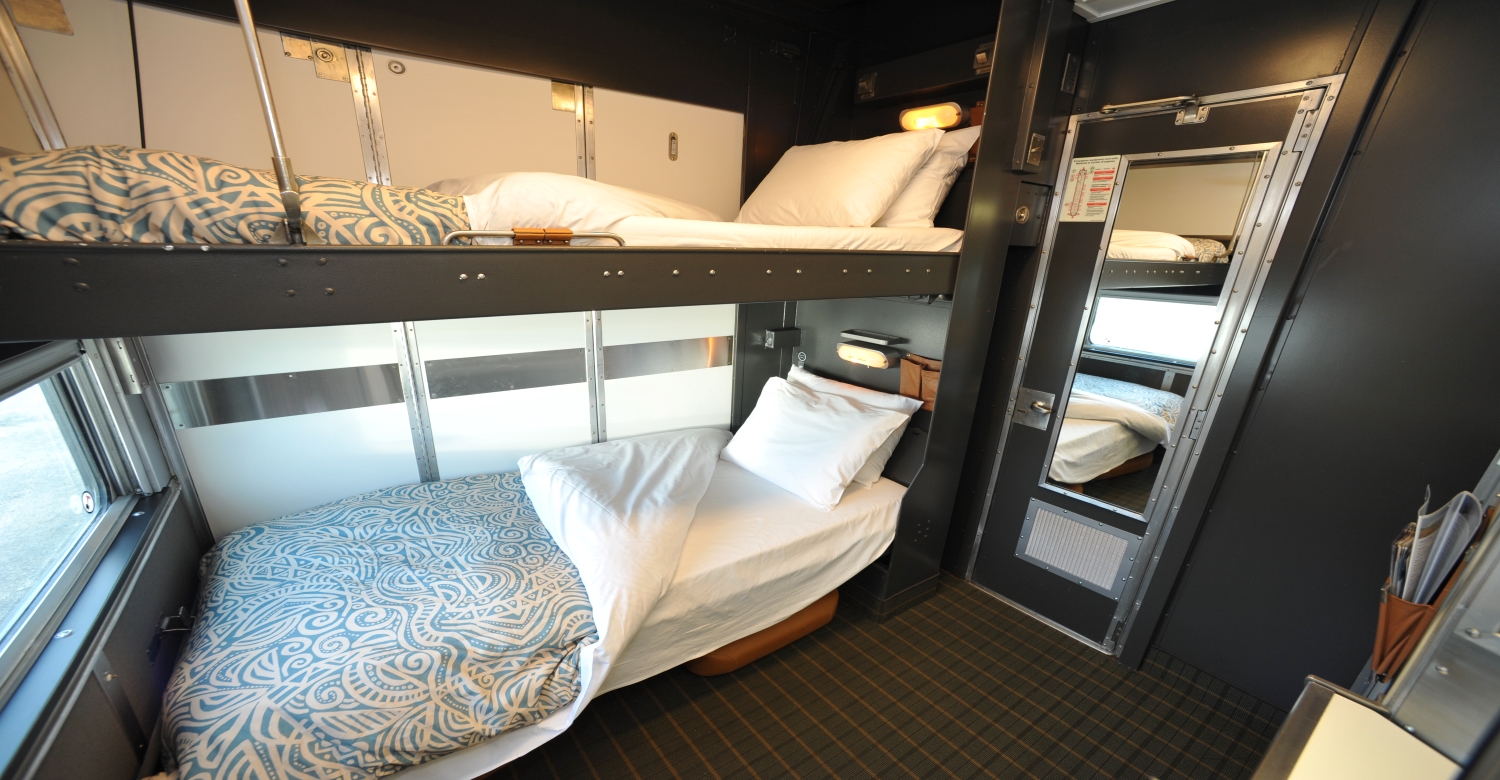
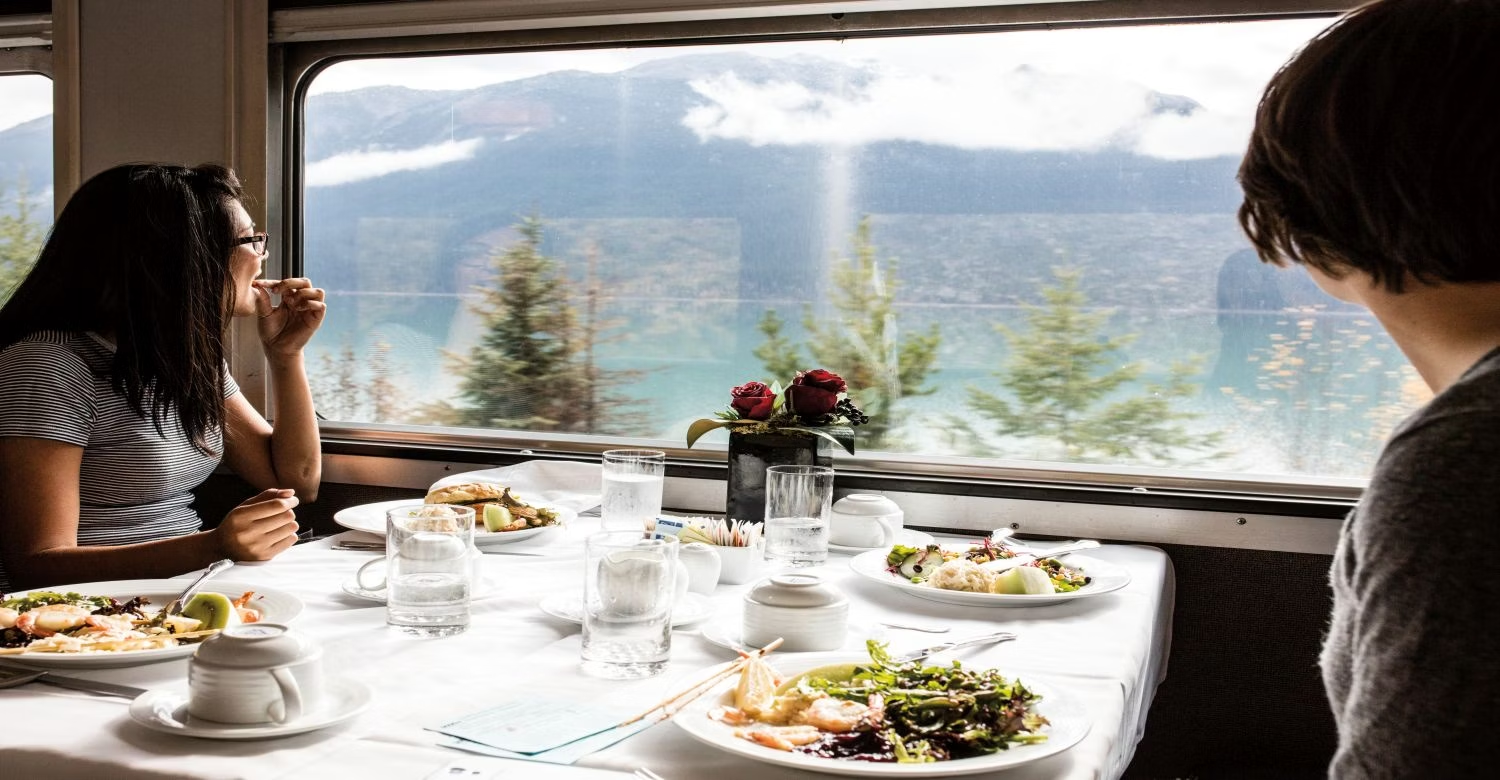
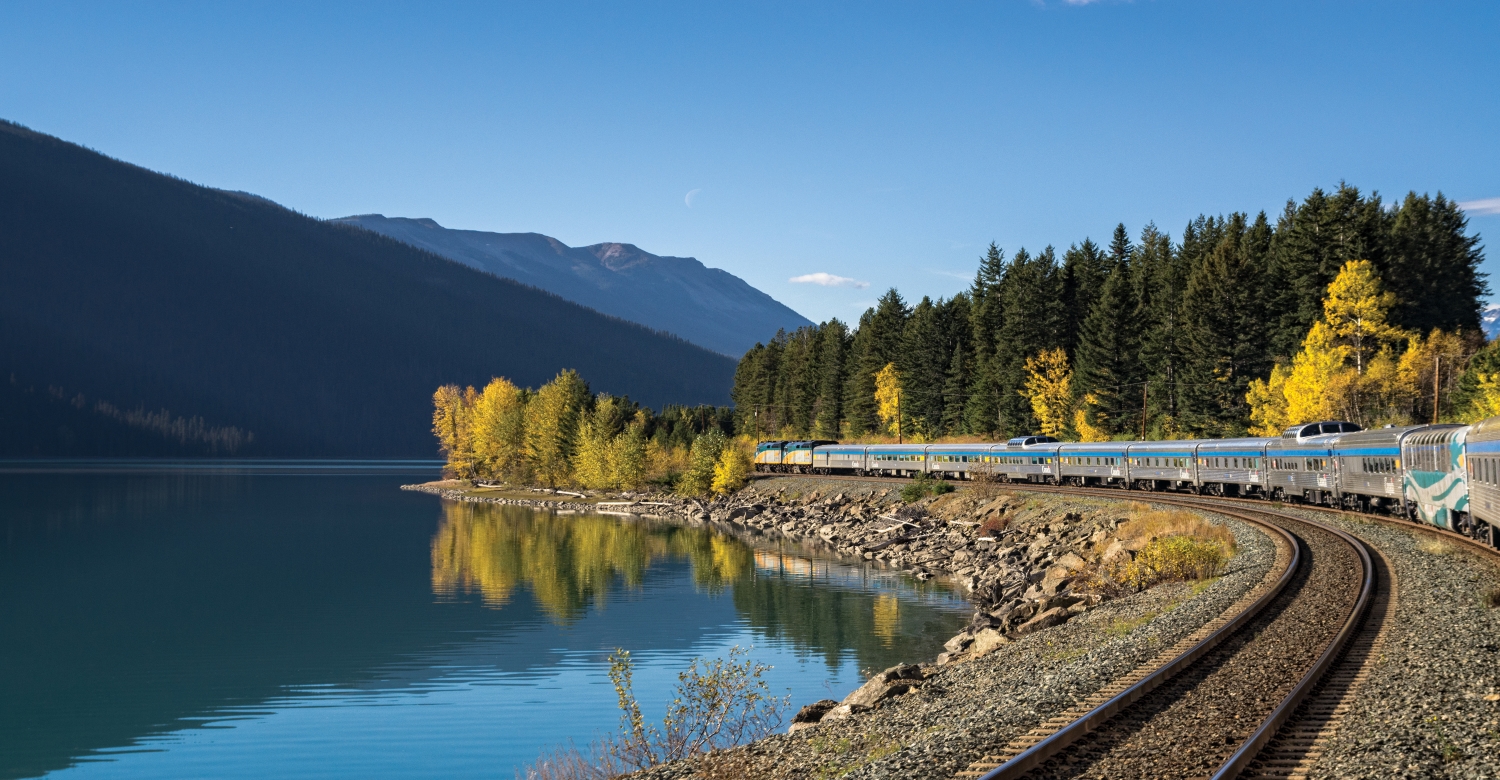


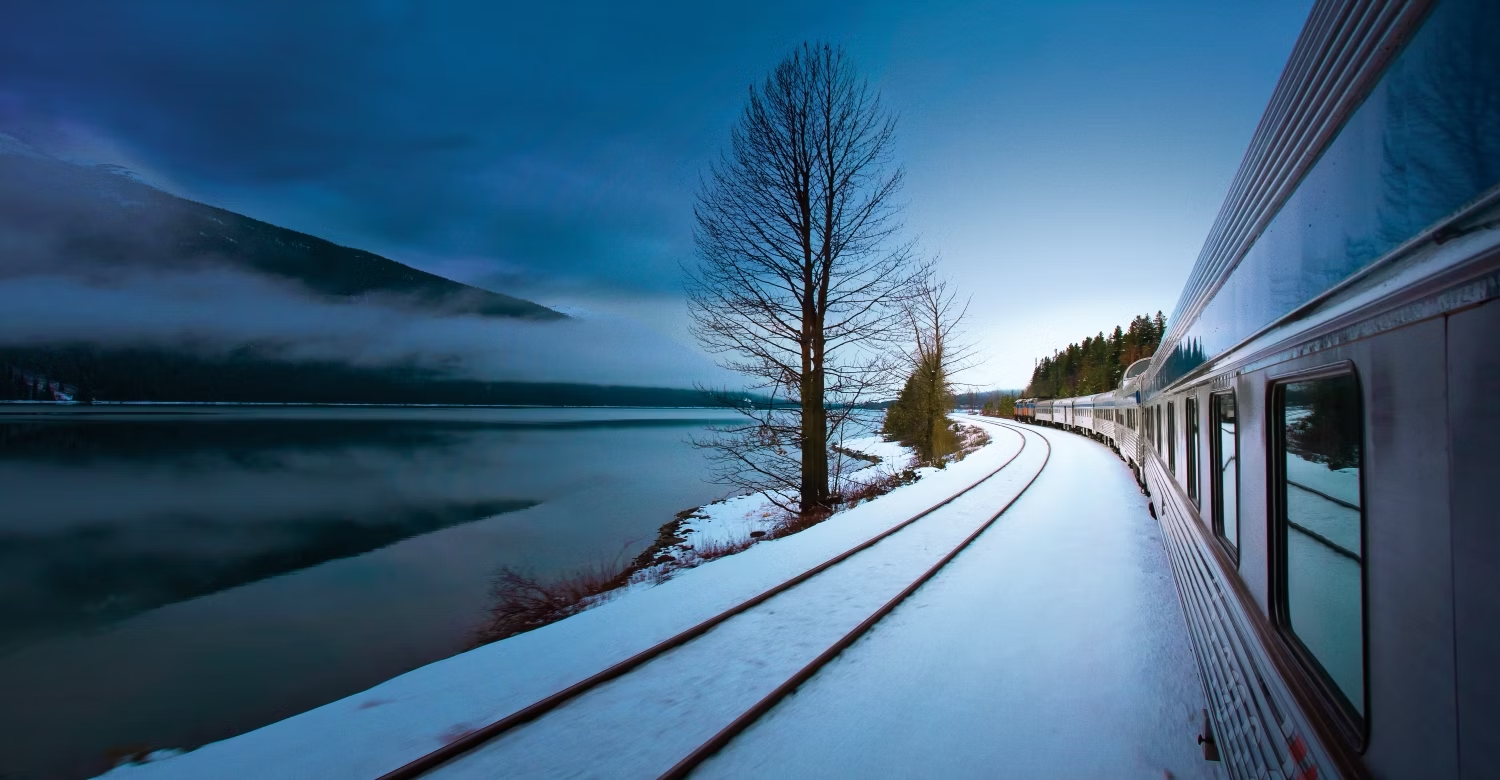


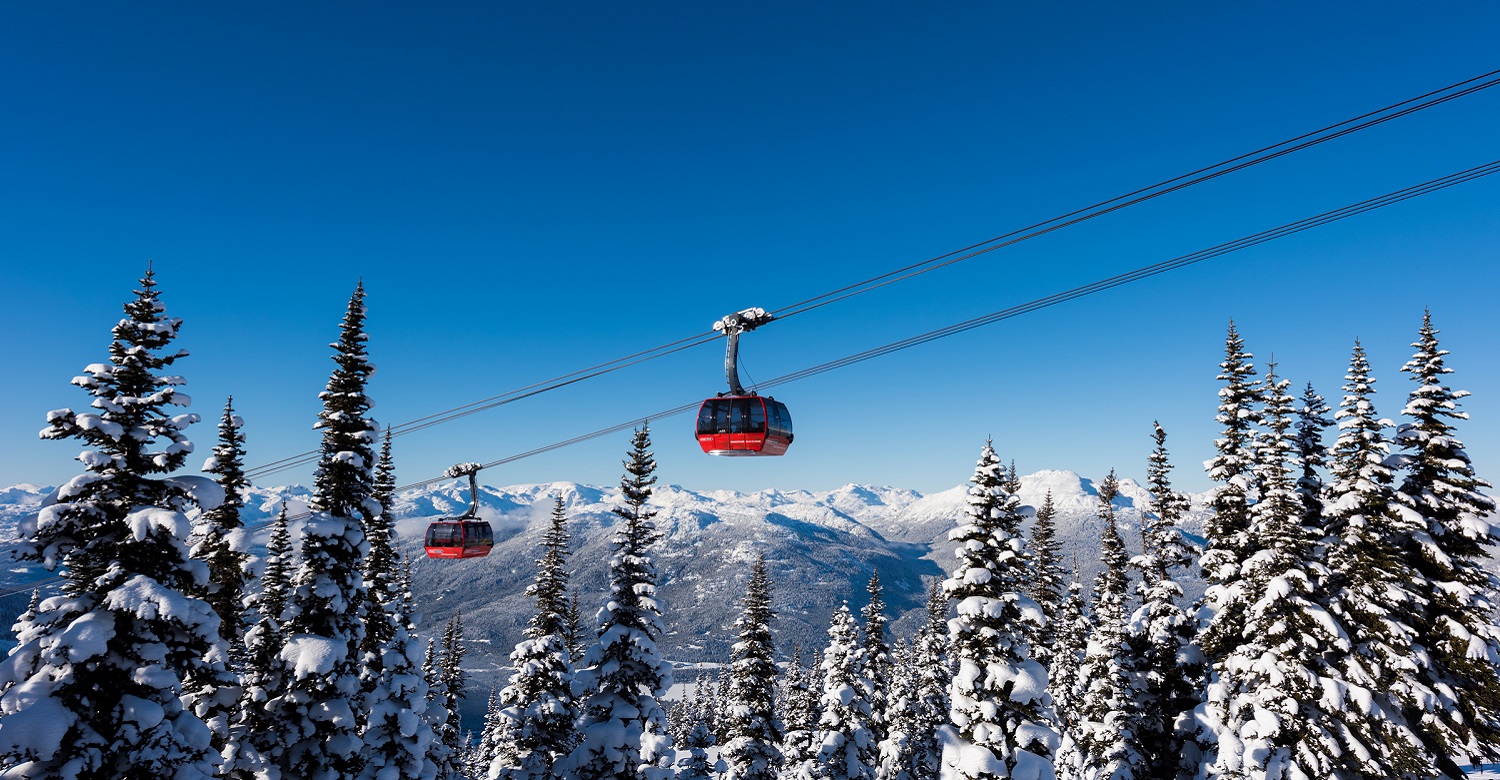
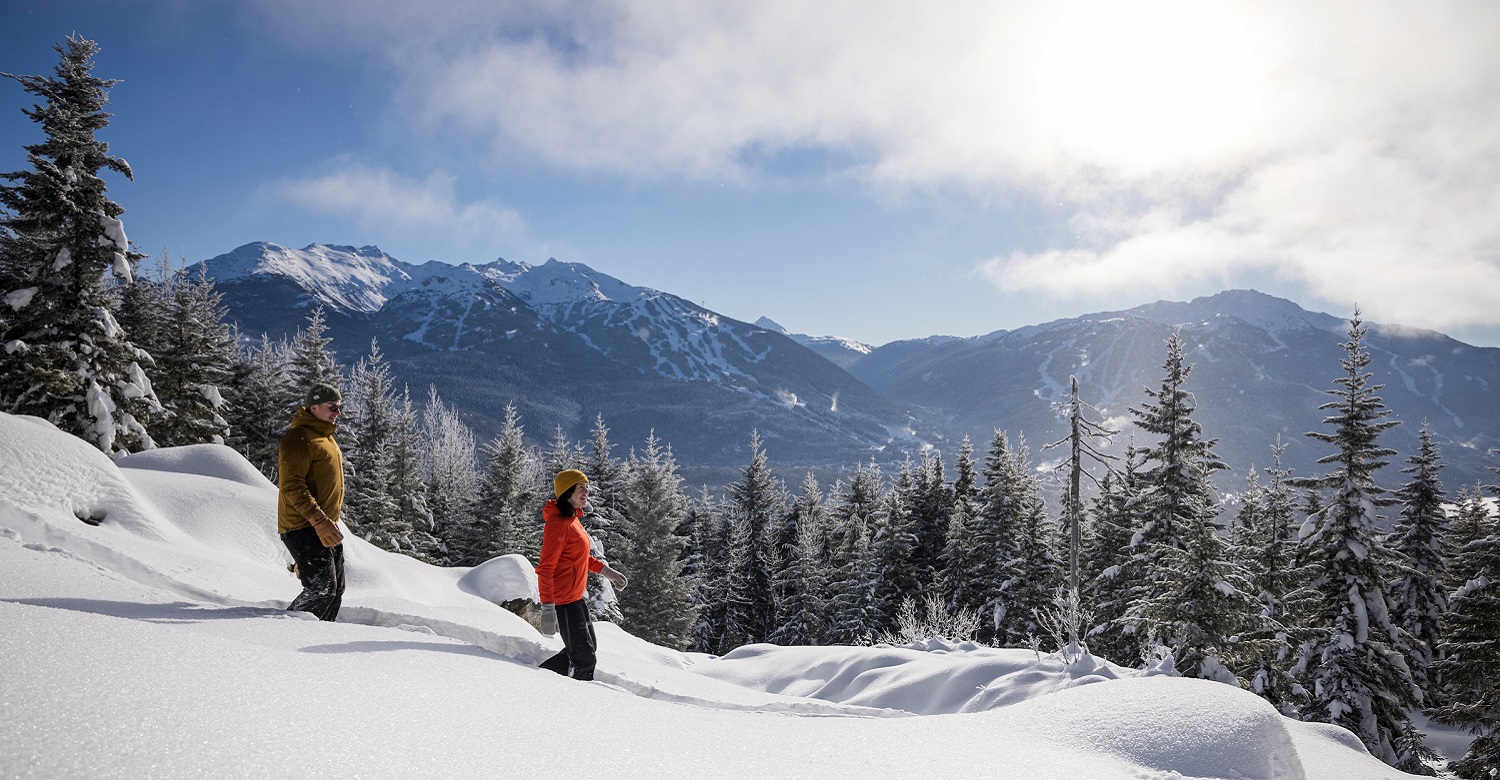
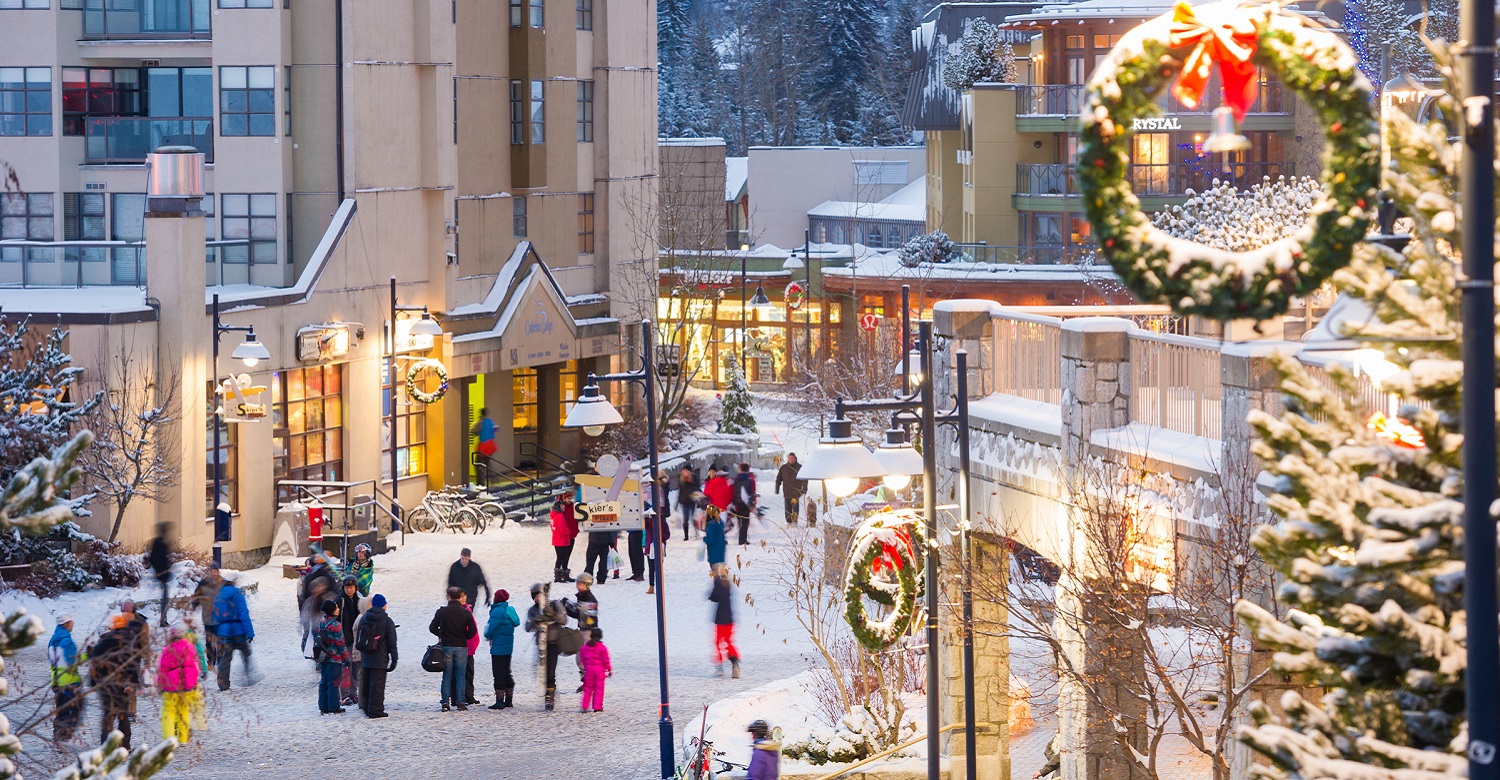
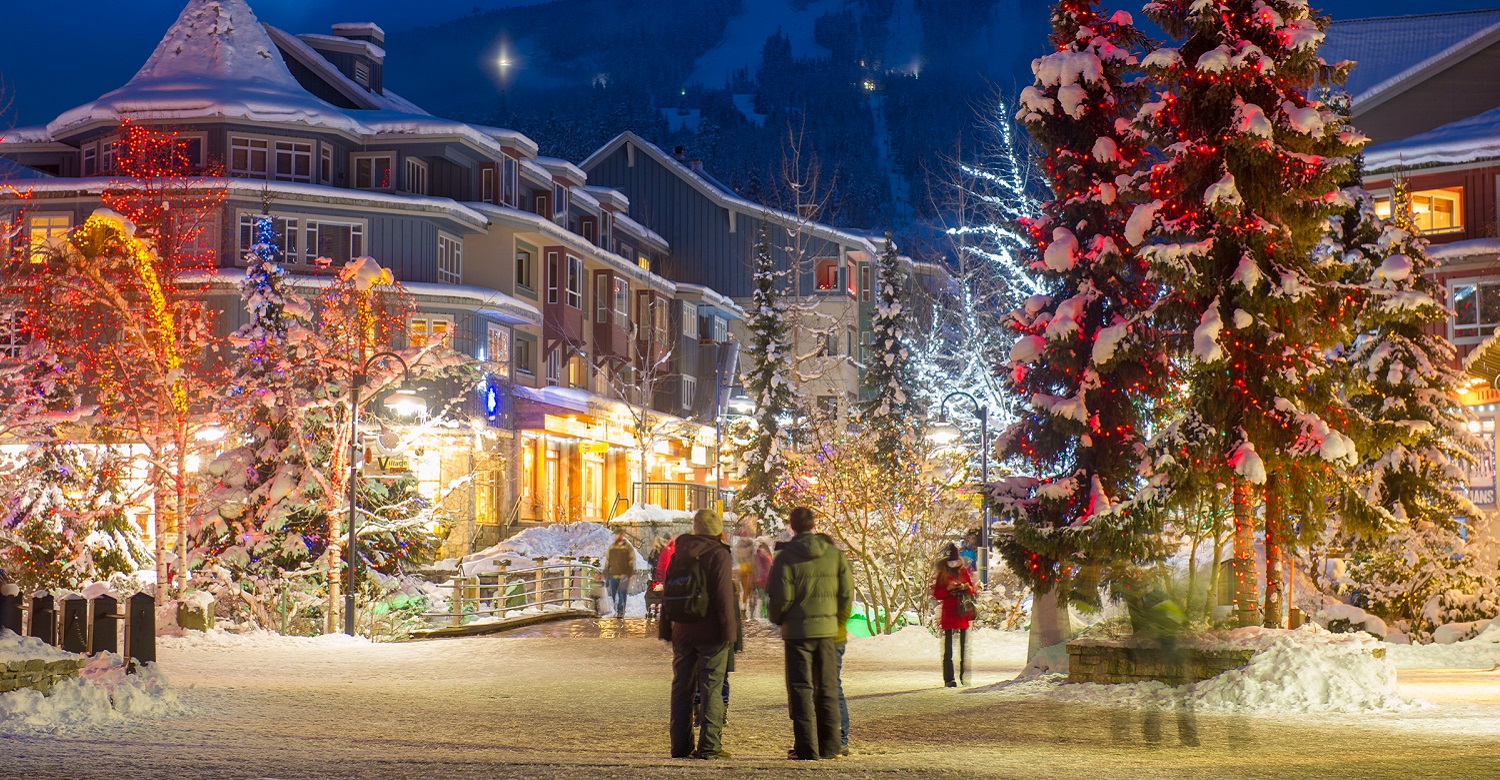

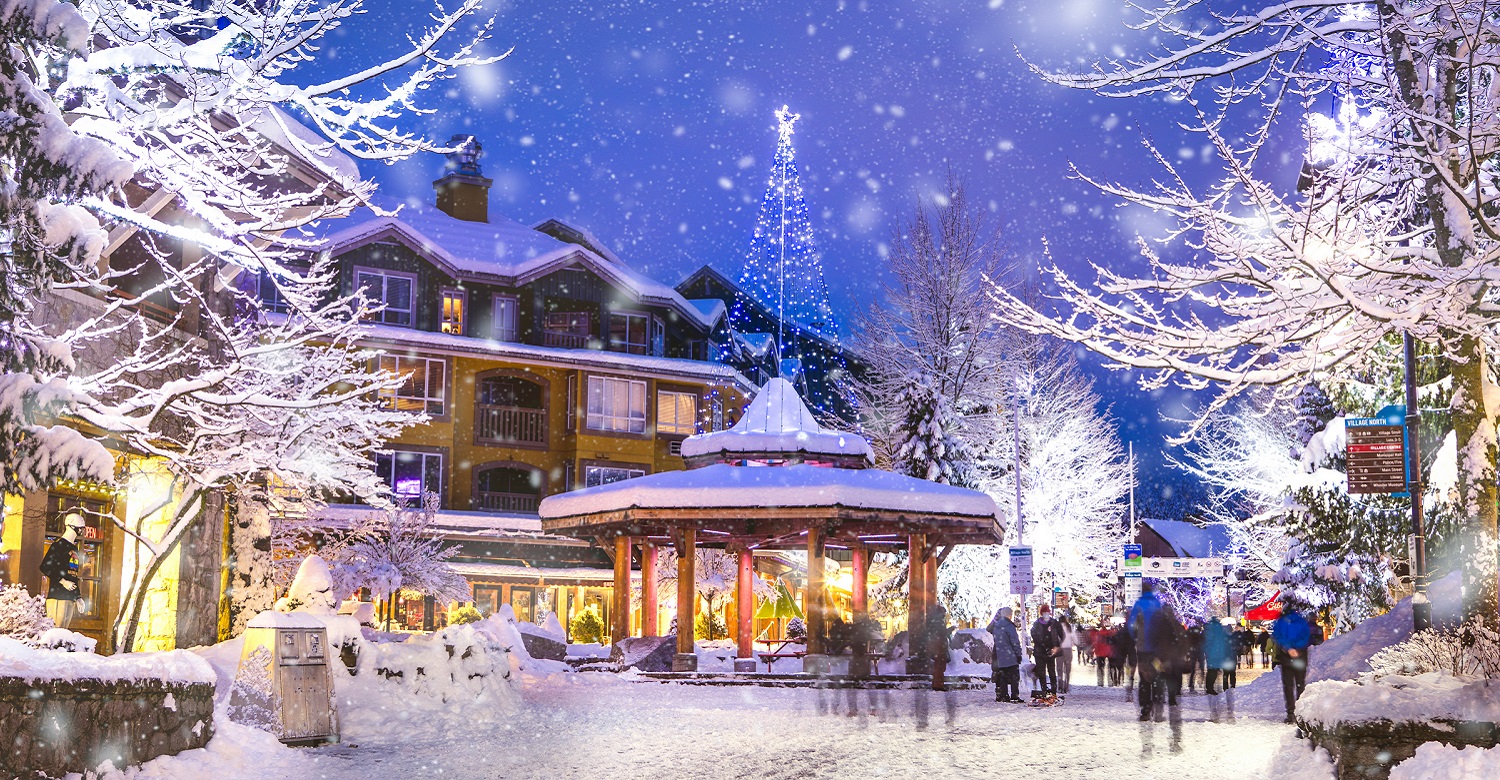
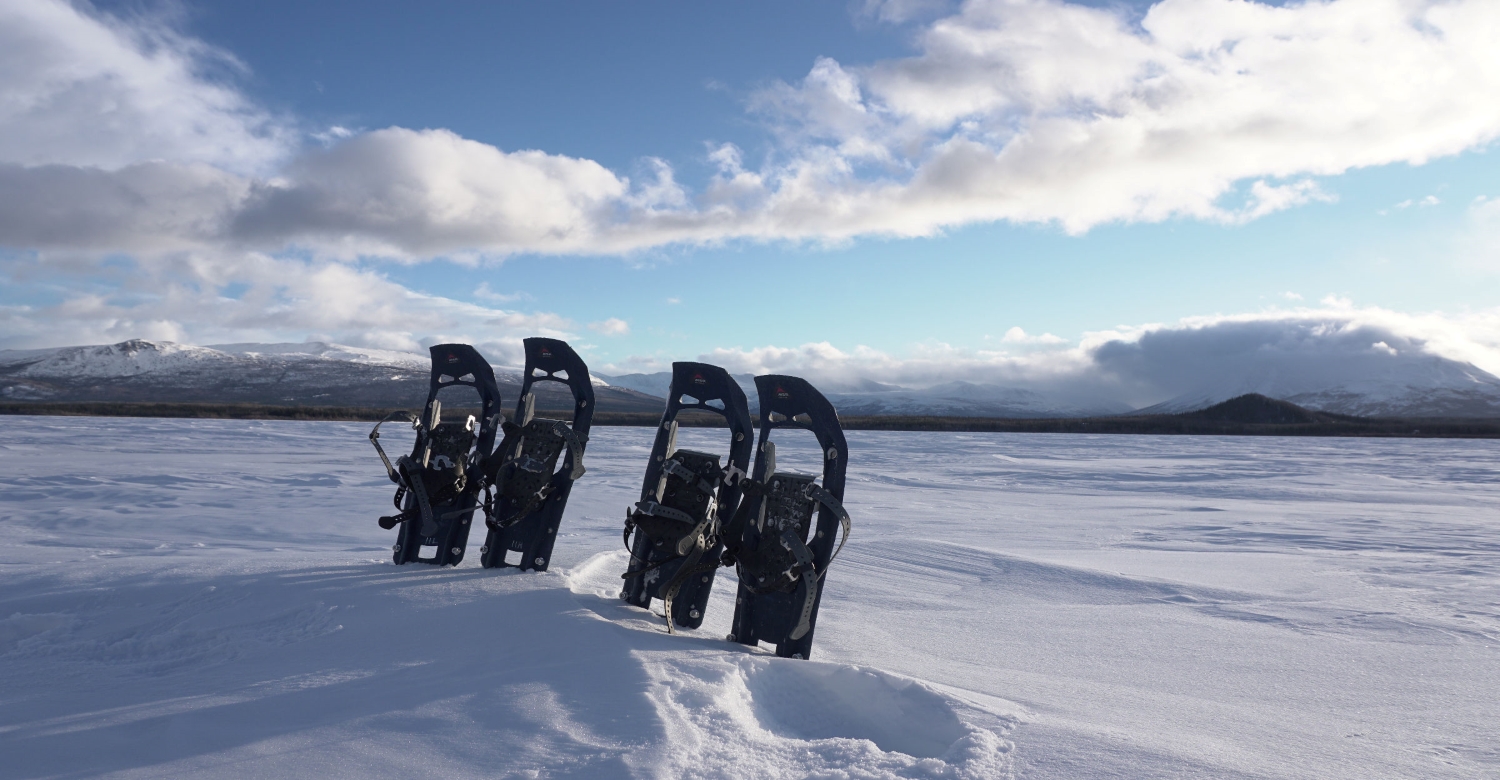
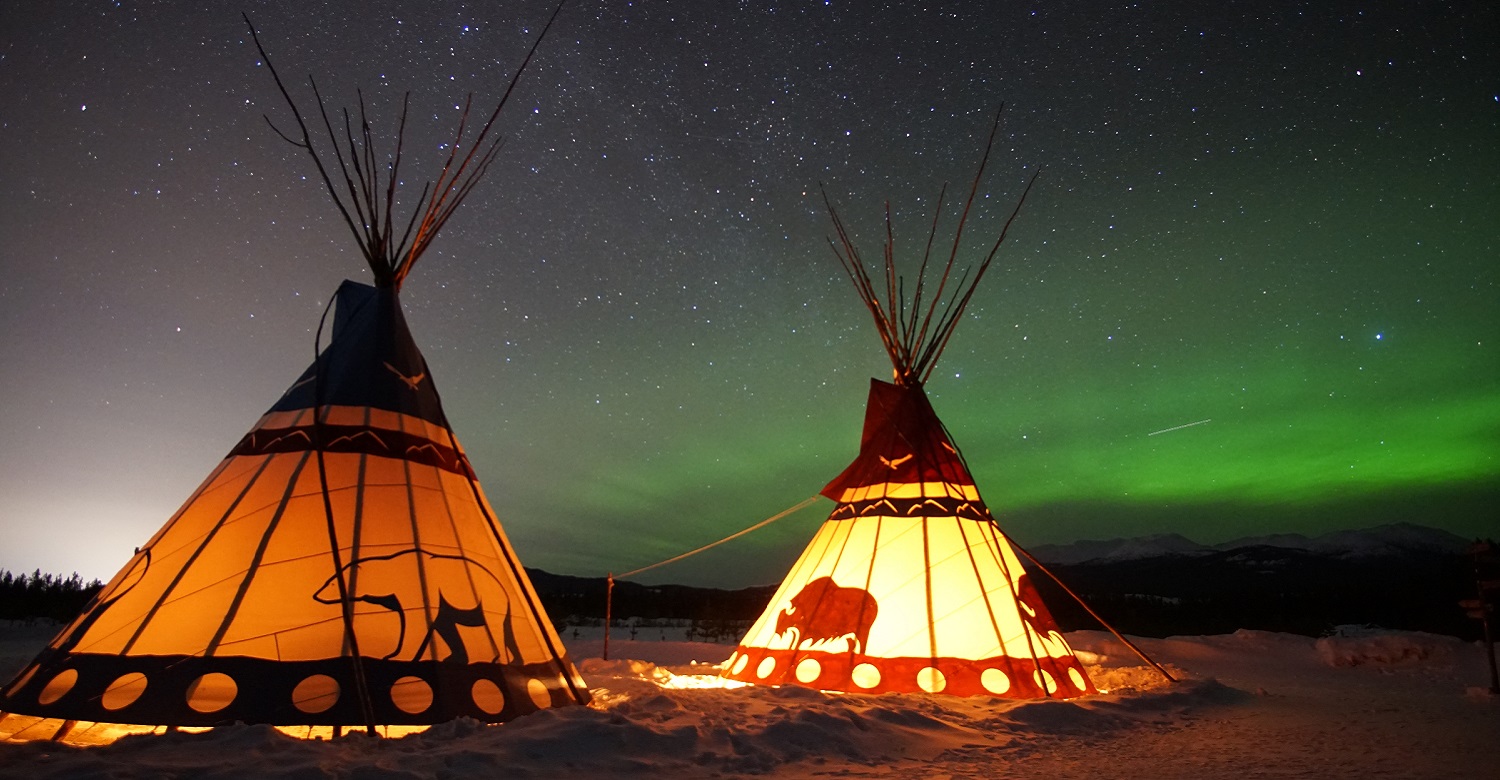

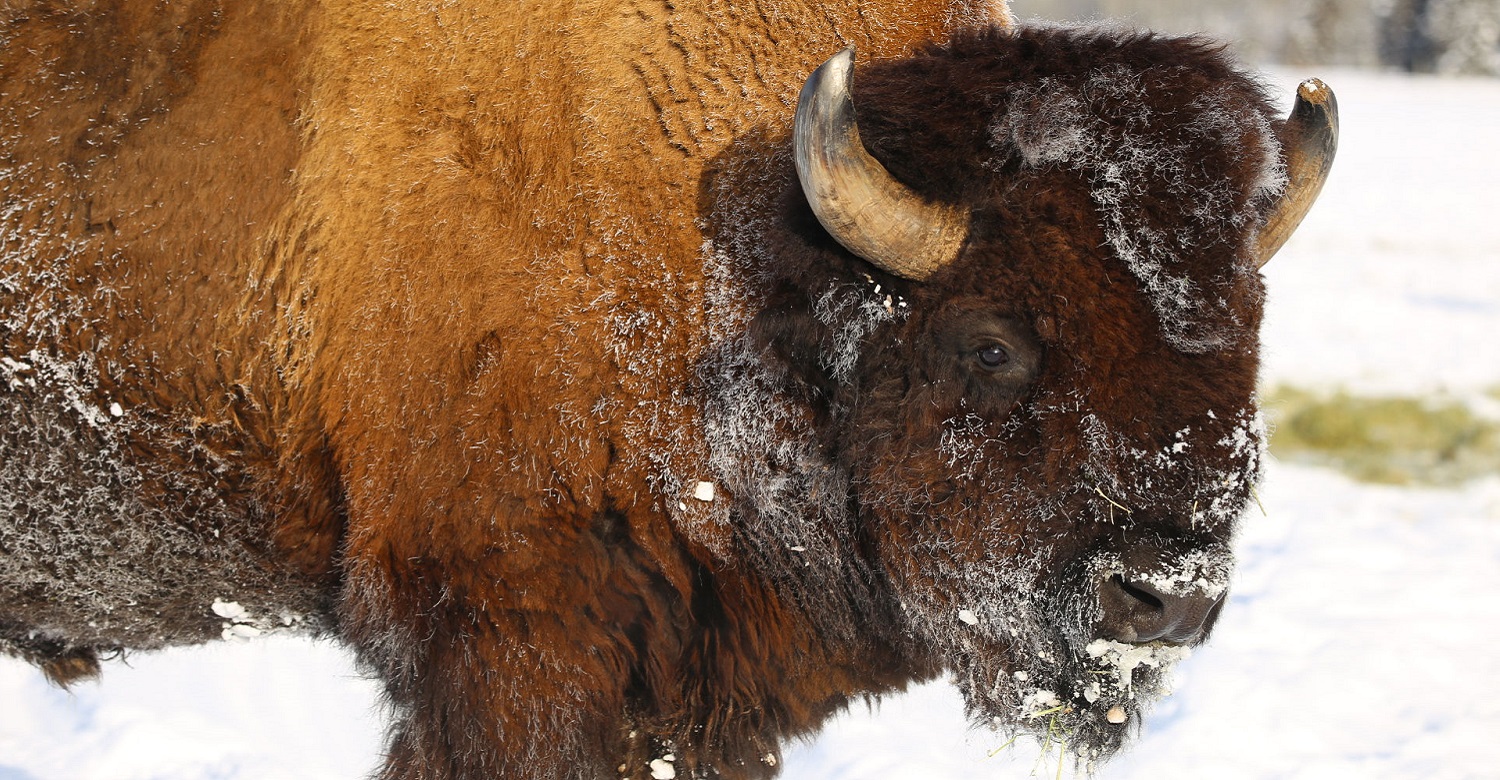
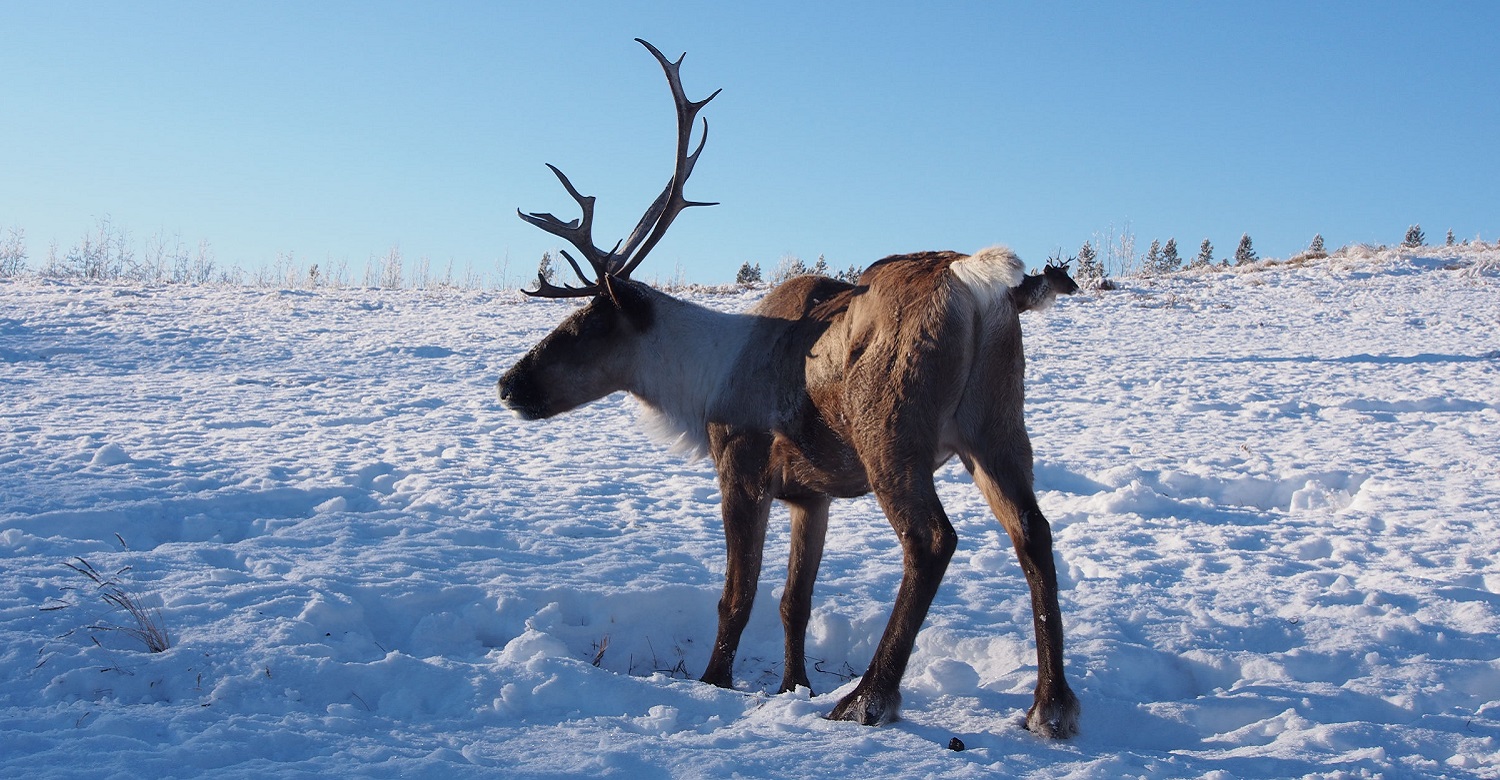

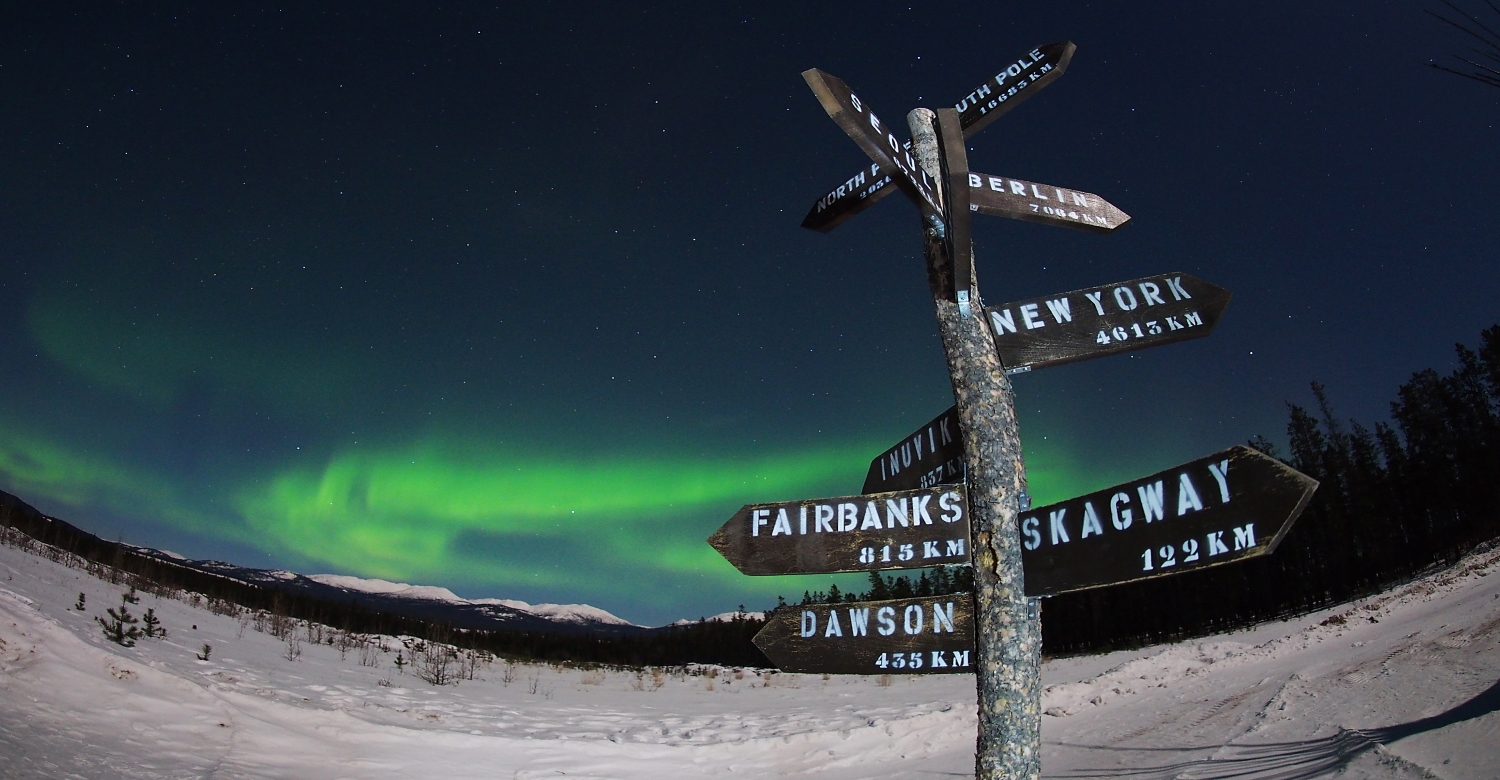












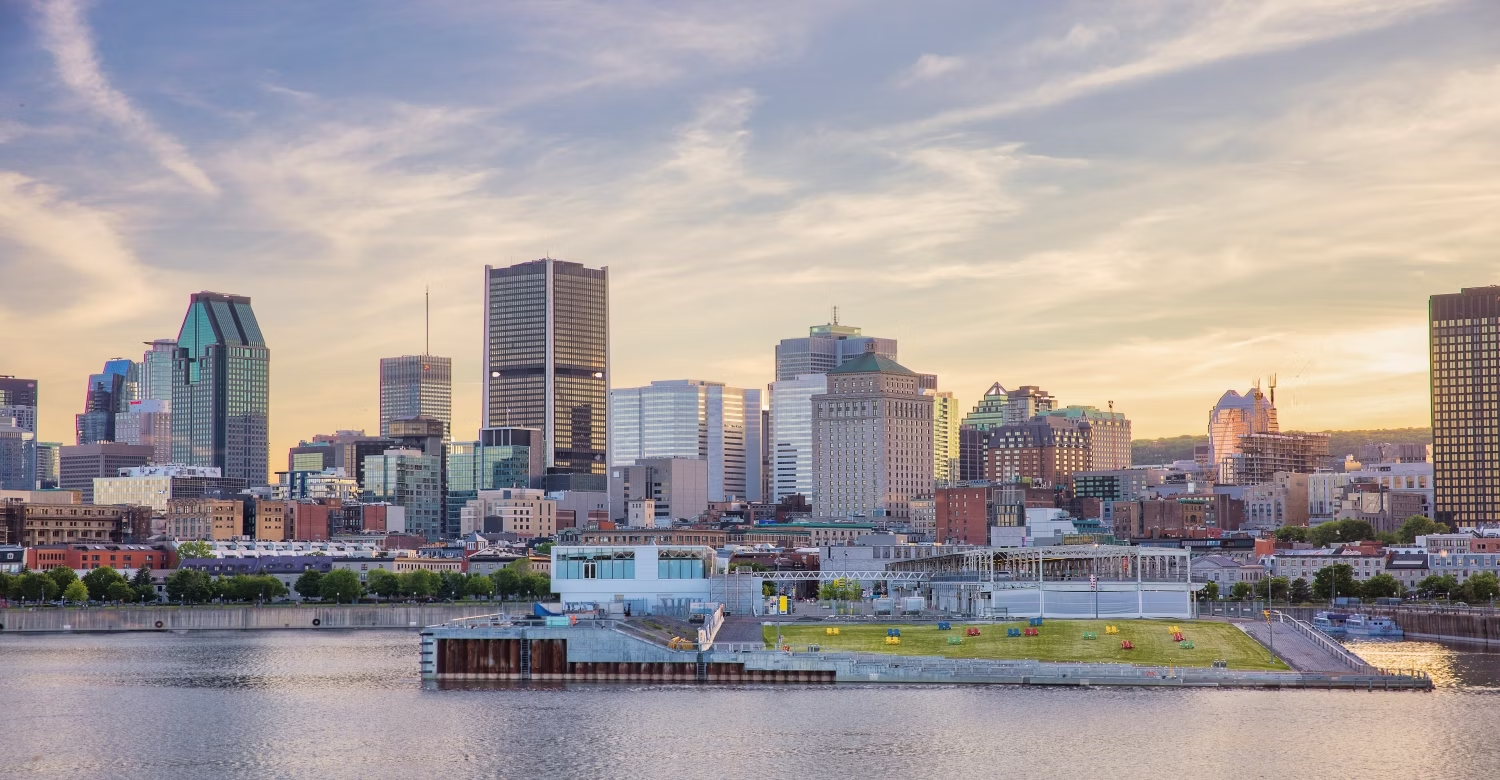
-254-1500x780_1.jpg?auto=format)
